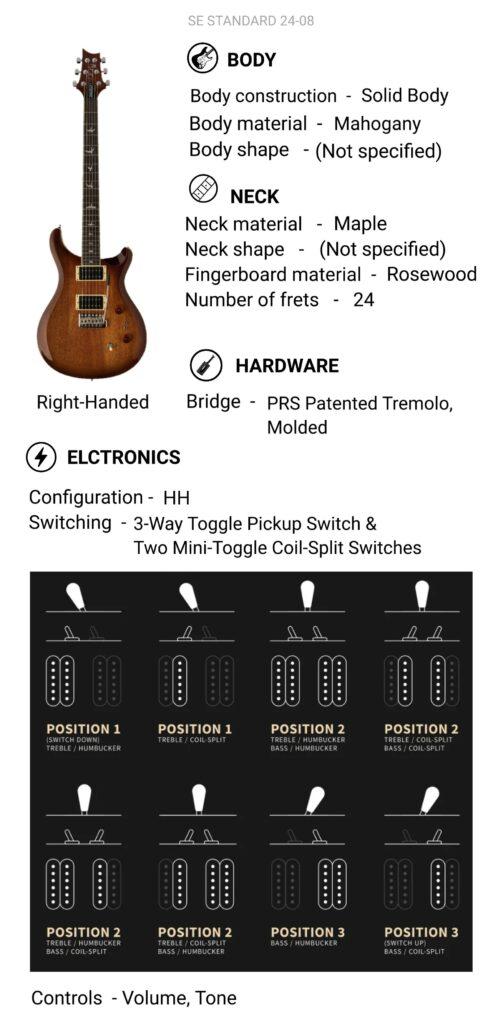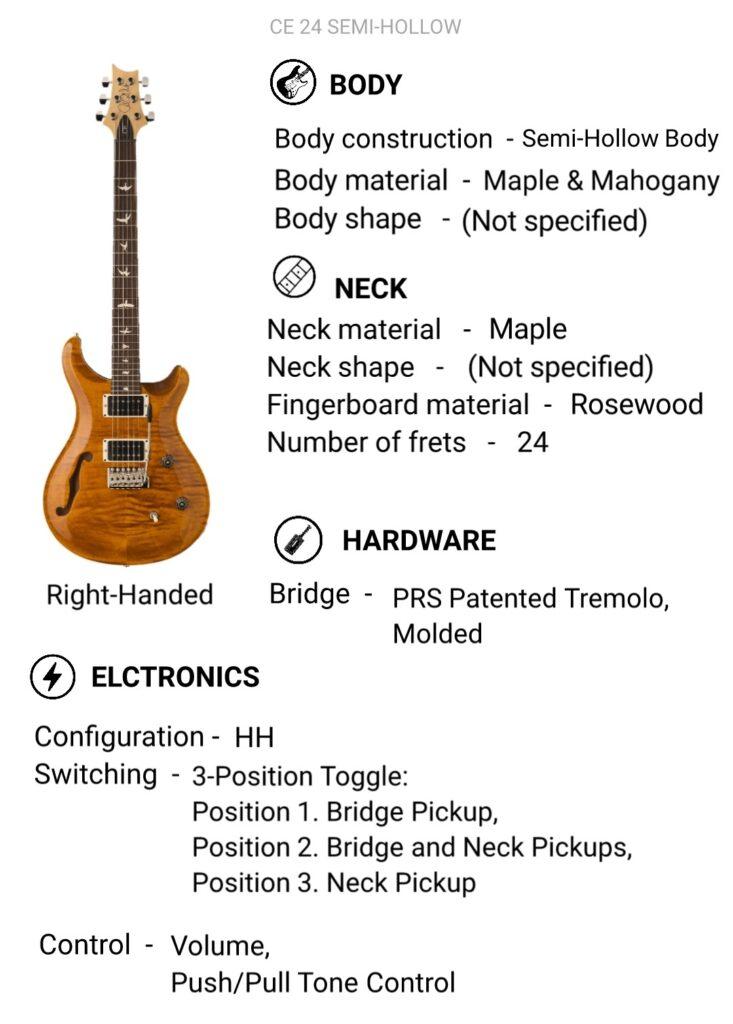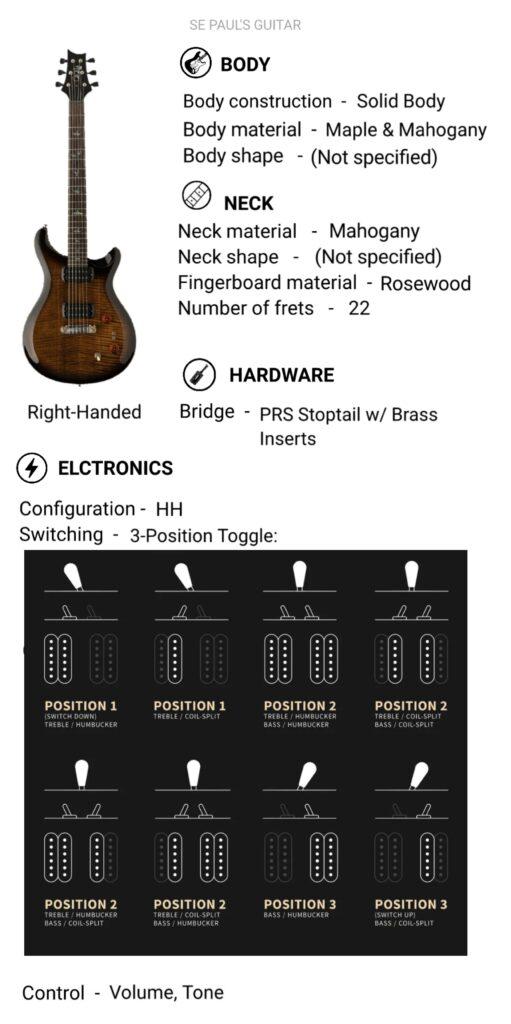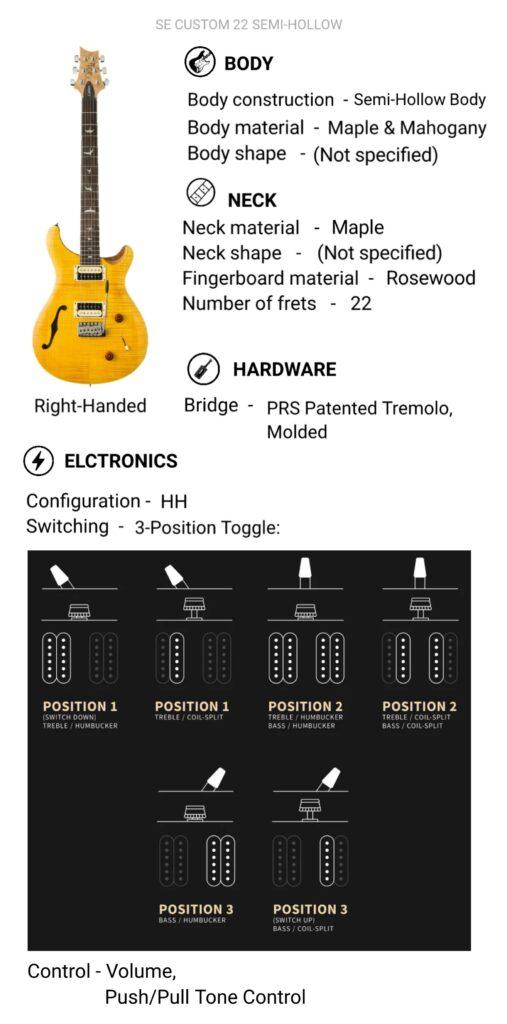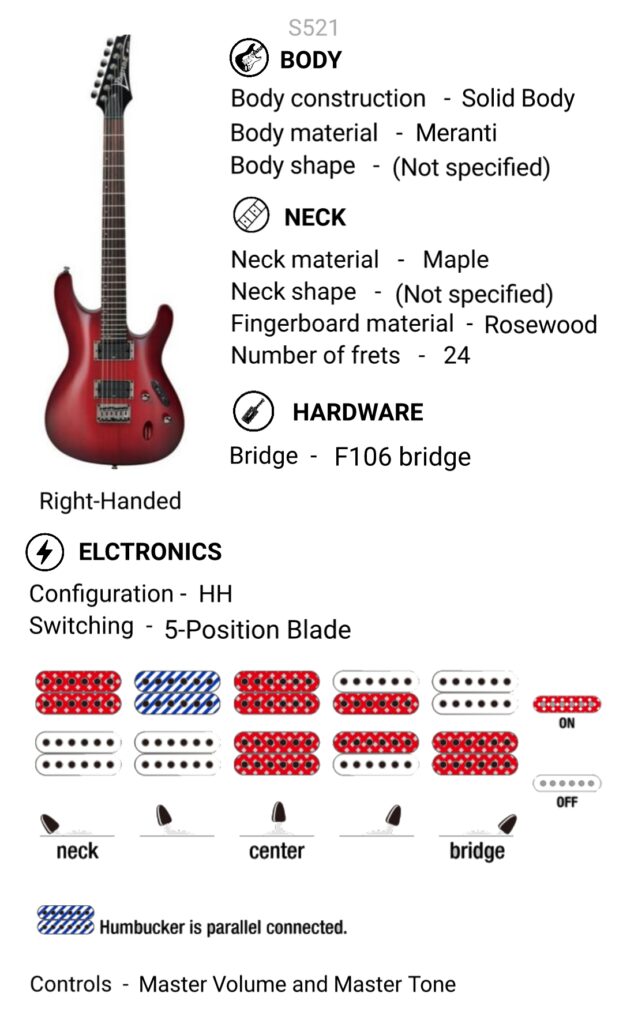List of Best Duo-Sonic electric guitar with Features and specifications, You can compare electric guitar
prices on different online stores.
Fender Player Duo Sonic HS
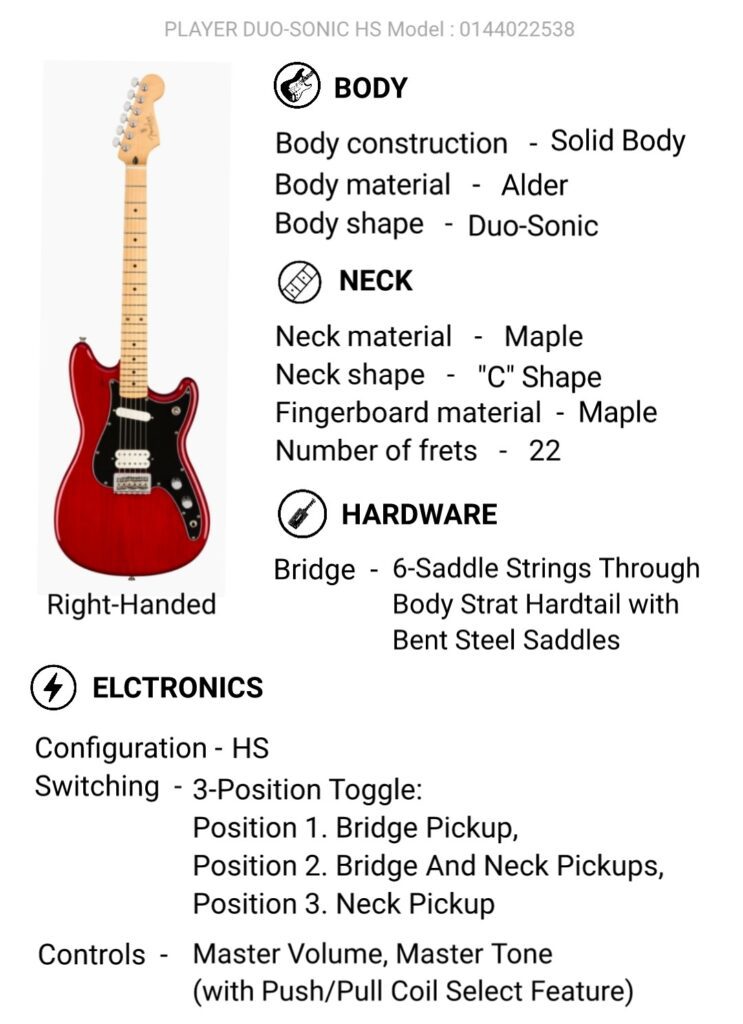
List of Best Duo-Sonic electric guitar with Features and specifications, You can compare electric guitar
prices on different online stores.

List of Best Jazzmaster electric guitar with Features and specifications, You can compare electric guitar
prices on different online stores.
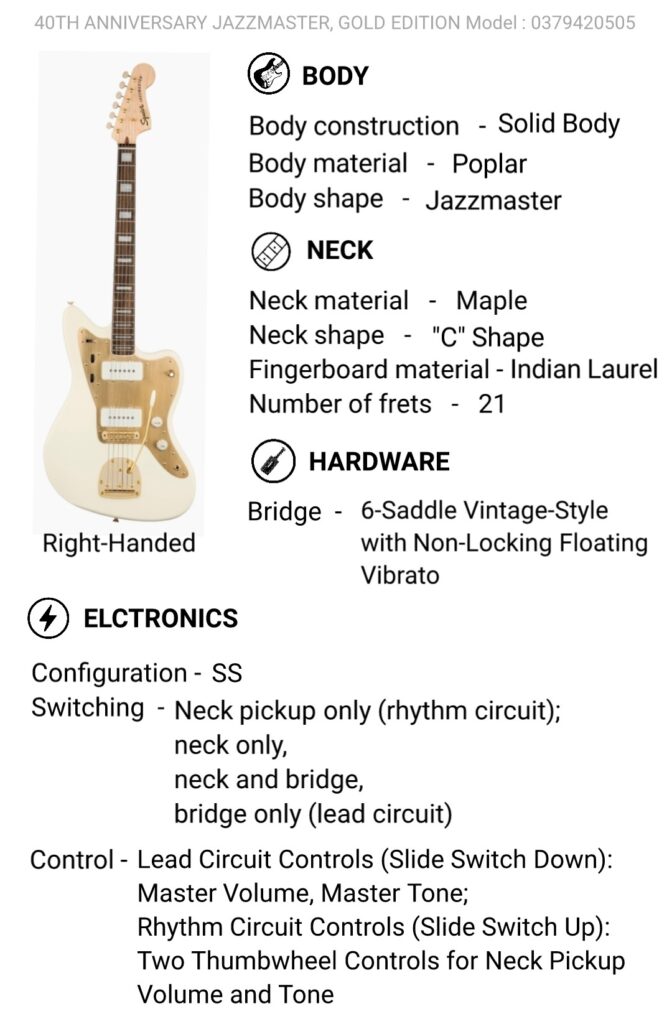
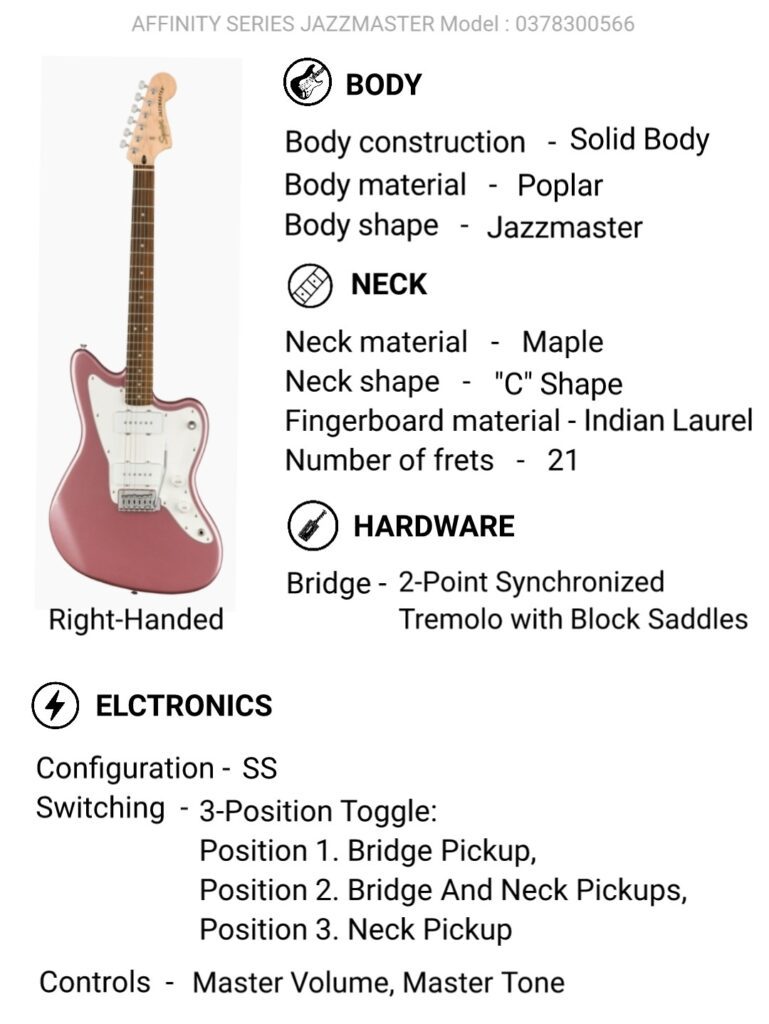
list of all Yamaha electric guitar with prices, specifications and features from difference online
stores at infinicisum.net
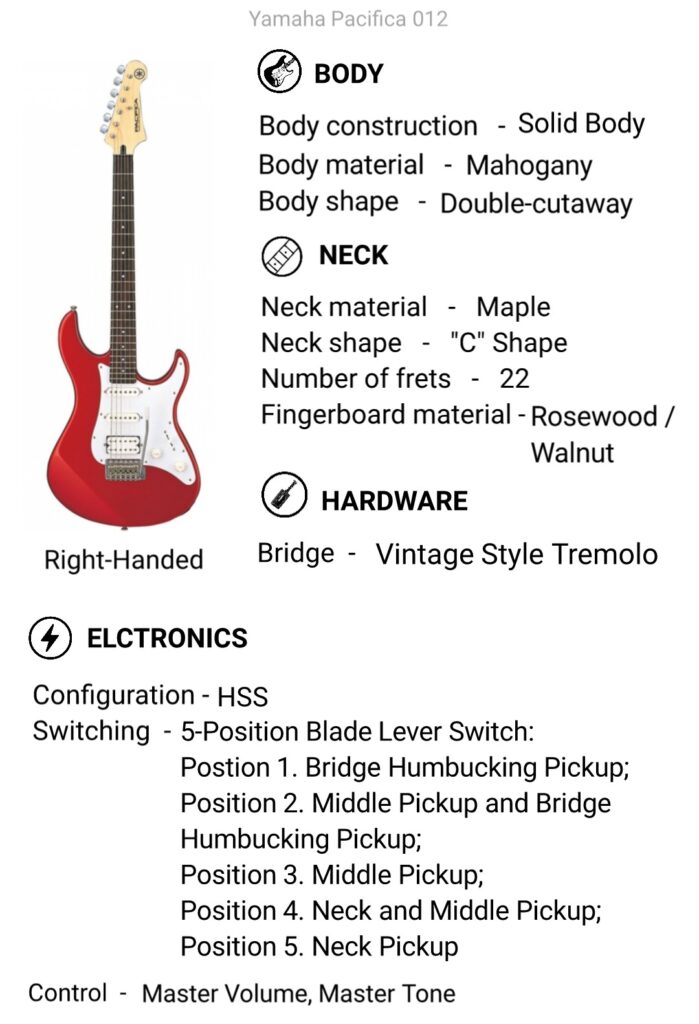
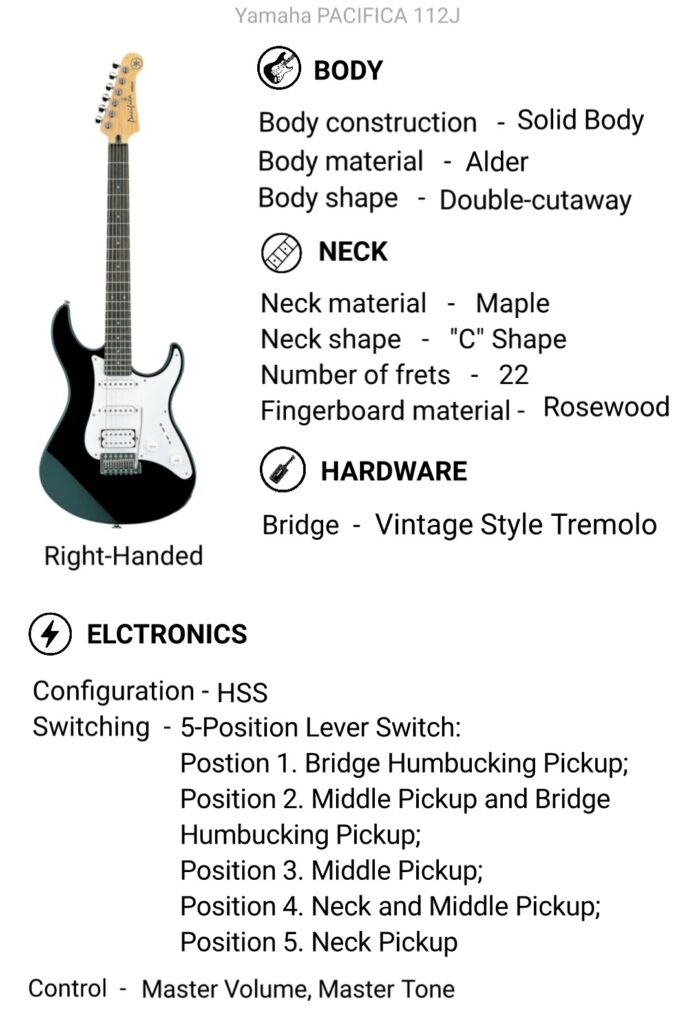
Introduction: In the realm of electric guitars, Yamaha has carved a niche for itself, offering a diverse range of instruments that blend craftsmanship, innovation, and affordability. From classic designs to cutting-edge features, Yamaha’s electric guitar lineup caters to players across all skill levels and musical genres. This article takes you on a journey through the various Yamaha electric guitar models and series, exploring the unique characteristics that define each.
”Read_More”
Conclusion: Yamaha’s electric guitar lineup showcases a commitment to diversity, quality, and innovation. From the versatile Pacifica series to the vintage-inspired Revstar, the high-performance RGX, the artistic AES, and the timeless SG, Yamaha offers instruments for players of all styles and preferences. Whether you’re a beginner looking for a reliable starter guitar or a professional seeking a signature model crafted to your specifications, Yamaha’s electric guitars continue to resonate with musicians around the world. As Yamaha continues to push boundaries and collaborate with renowned artists, the brand remains at the forefront of electric guitar craftsmanship, delivering instruments that inspire creativity and sonic exploration.
Choosing the right Yamaha electric guitar involves considering various factors, including your playing style, skill level, budget, and personal preferences. Here’s a guide to help you make an informed decision:
Remember that the “right” guitar is subjective and depends on your personal preferences. Take your time to research, test different models, and choose the one that feels and sounds right for you. Yamaha’s diverse electric guitar lineup ensures there’s a suitable option for players at every level and across various musical genres.
Yamaha electric guitars are known for their quality craftsmanship, innovative features, and diverse range of models. As with any brand, Yamaha guitars have their own set of pros and cons. Here’s an overview:
It’s important to note that the pros and cons can vary based on individual preferences and requirements. Yamaha electric guitars are respected for their reliability, affordability, and versatility, making them suitable for a broad range of players. As with any guitar purchase, it’s recommended to try out different models and consider your playing style and preferences before making a decision.
The history of Yamaha electric guitars dates back to the mid-20th century, with Yamaha establishing itself as a prominent player in the musical instrument industry. Here’s a timeline highlighting key milestones in the history of Yamaha electric guitars:
Throughout its history, Yamaha has been recognized for producing a wide range of electric guitars, from entry-level instruments to professional models. The company’s commitment to innovation, quality, and affordability has contributed to Yamaha’s status as a trusted name in the world of musical instruments, including electric guitars. Today, Yamaha electric guitars are known for their versatility, reliability, and the incorporation of cutting-edge technologies.
”Read_Less”
List of Best electric guitar above 1,00,000 with Feature and specifications, You can compare electric guitar
prices on different online stores.

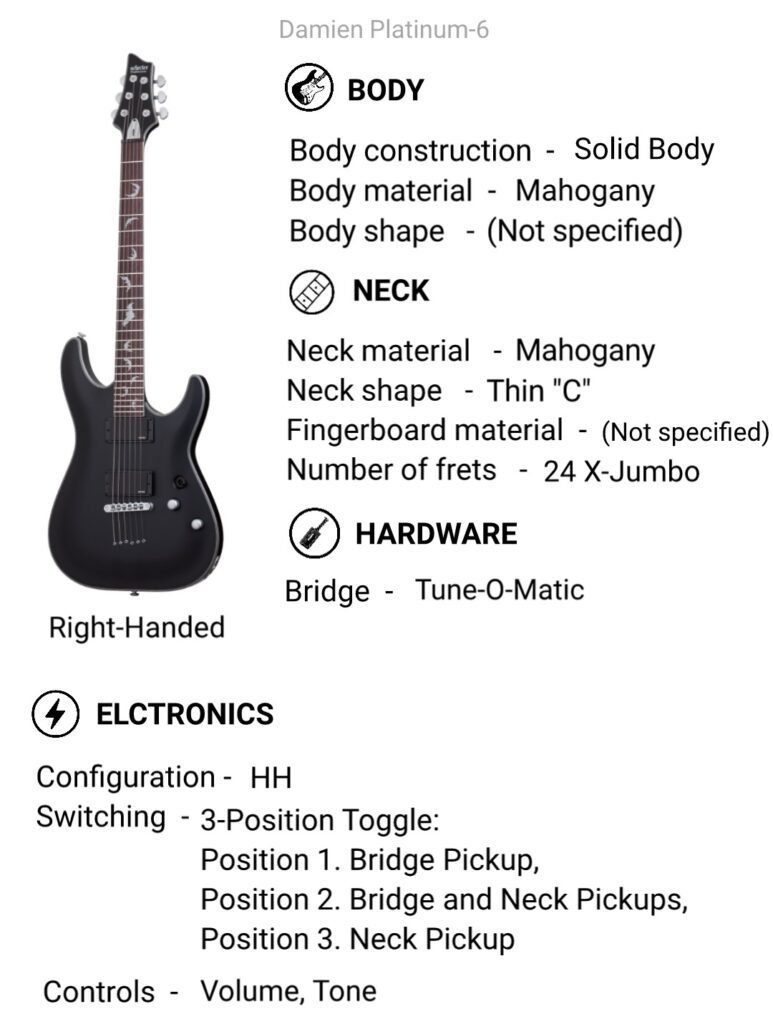
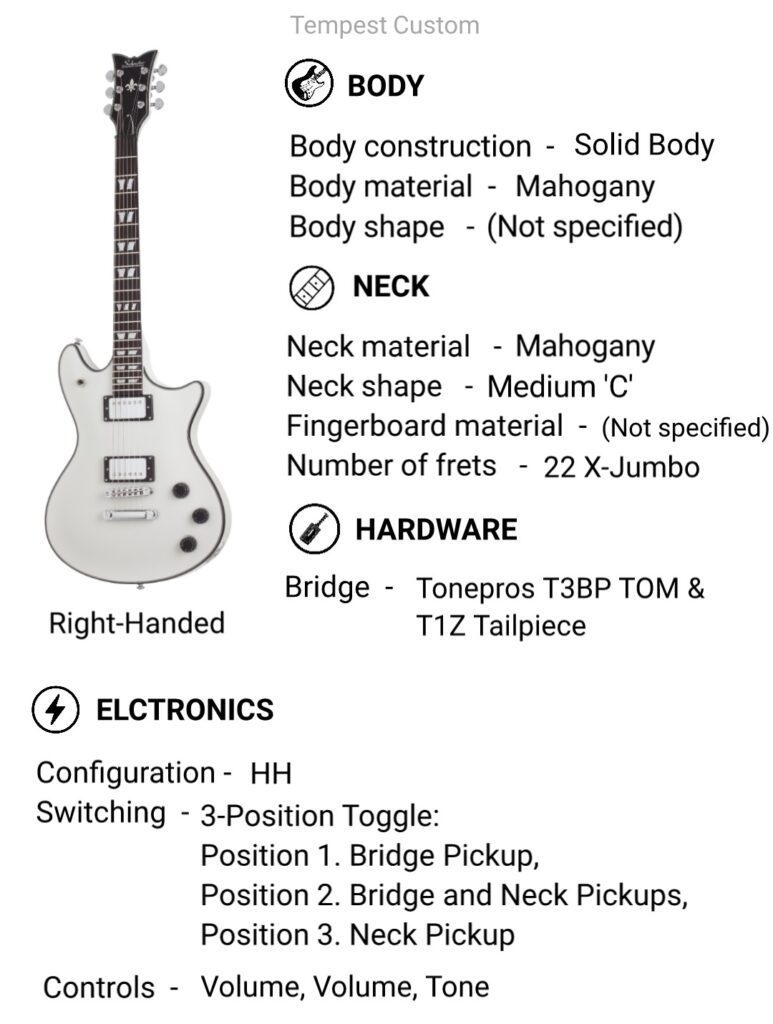

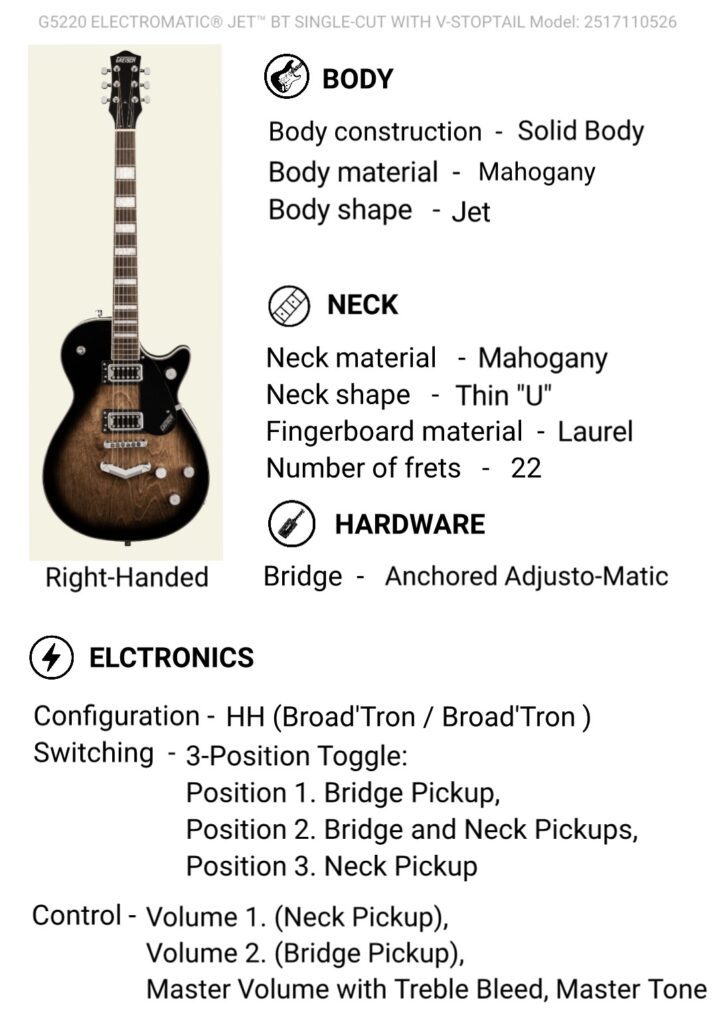
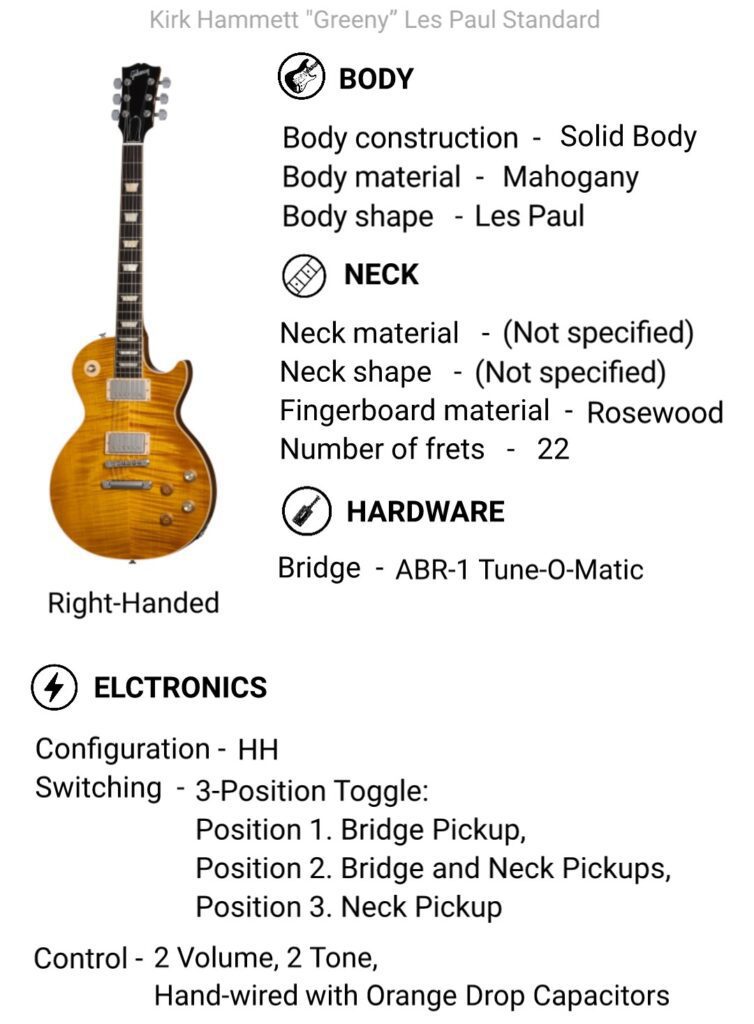
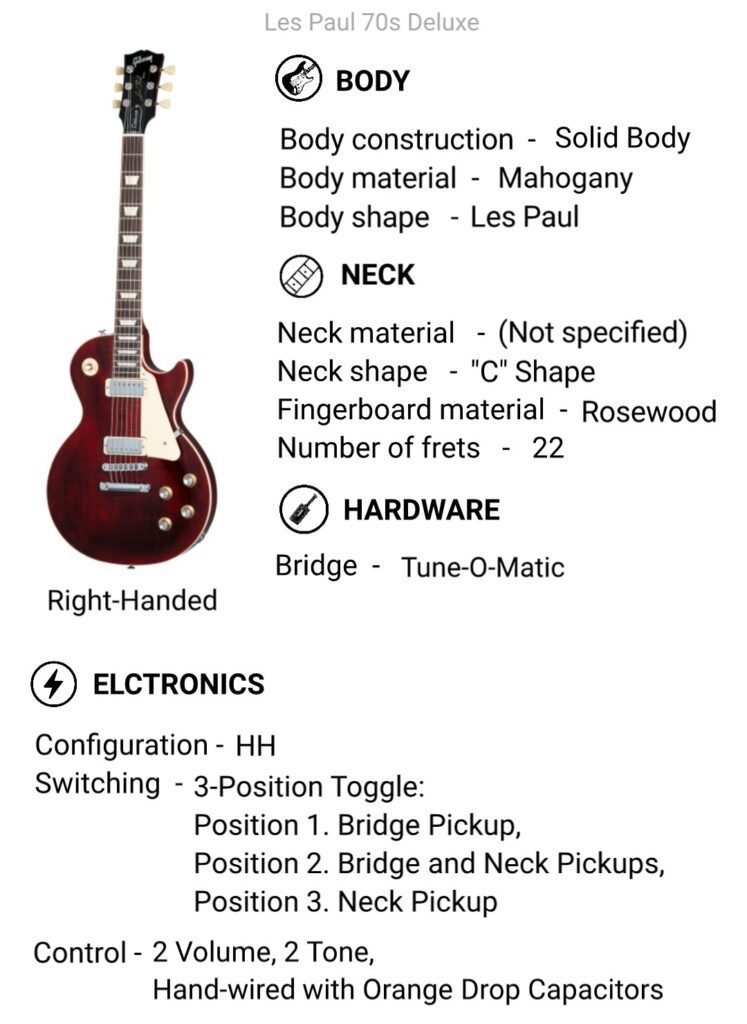
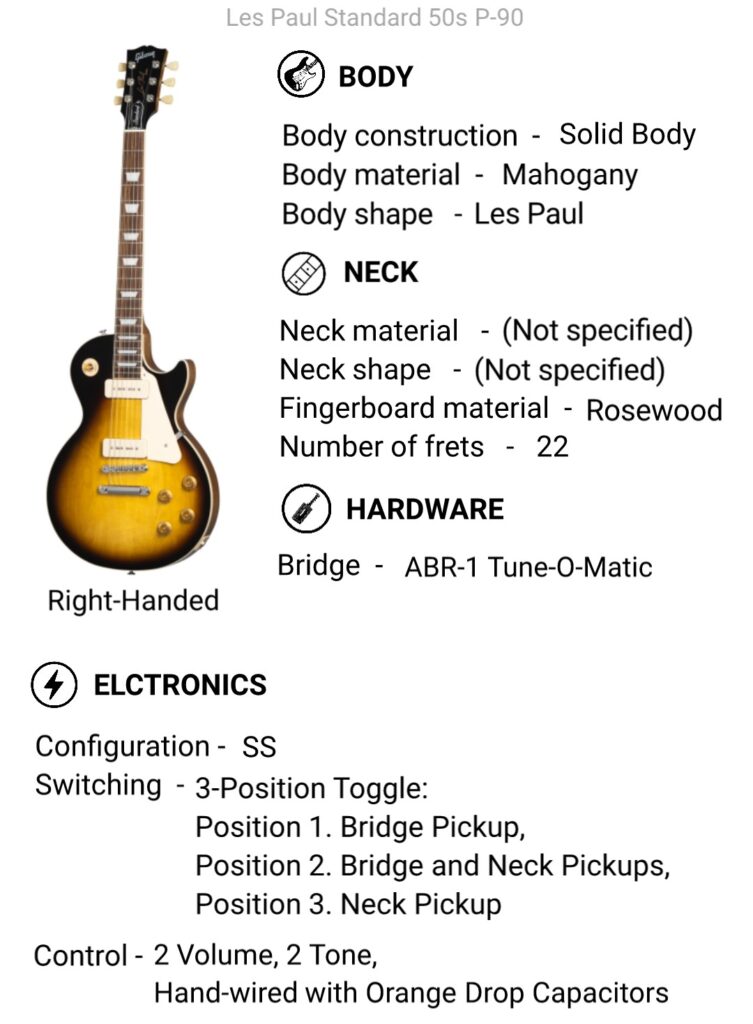
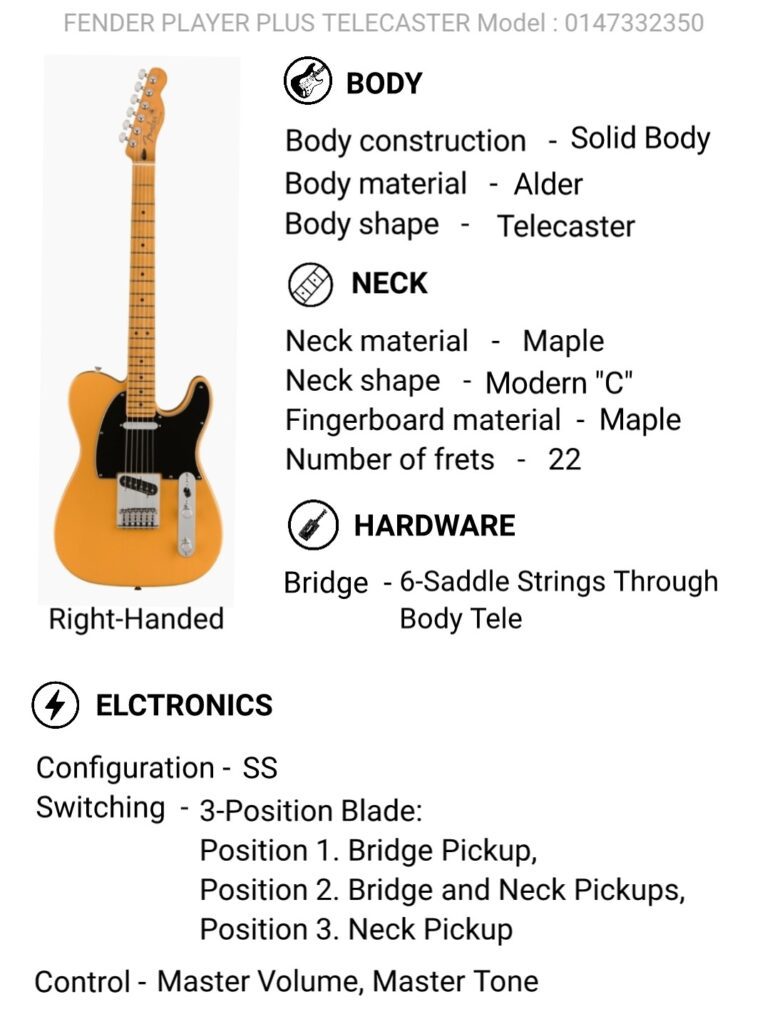
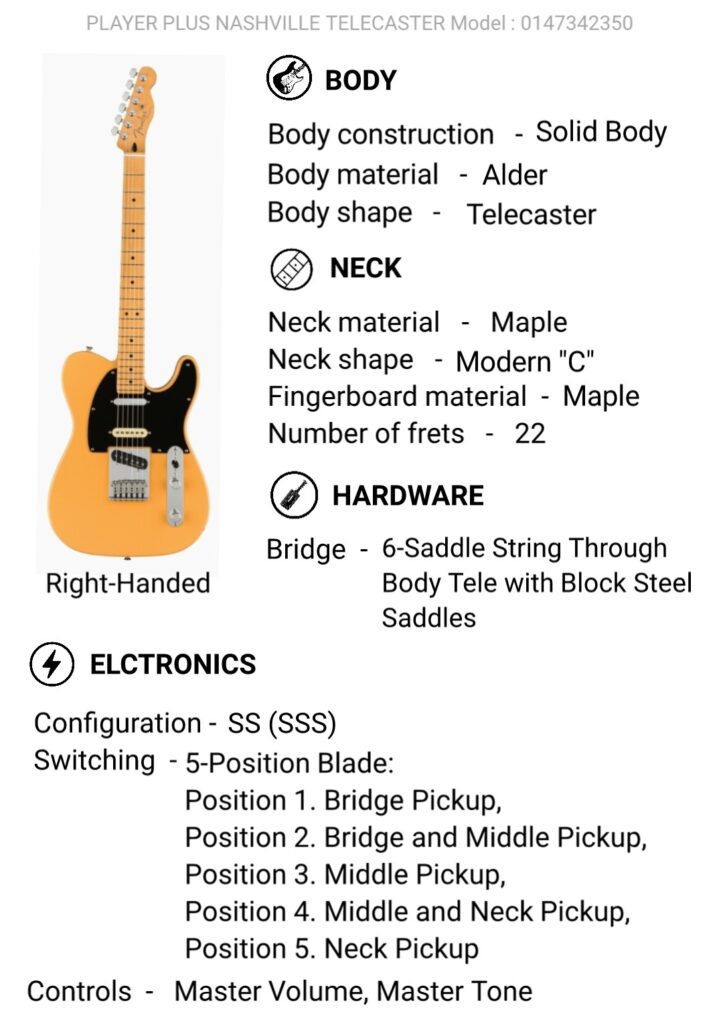
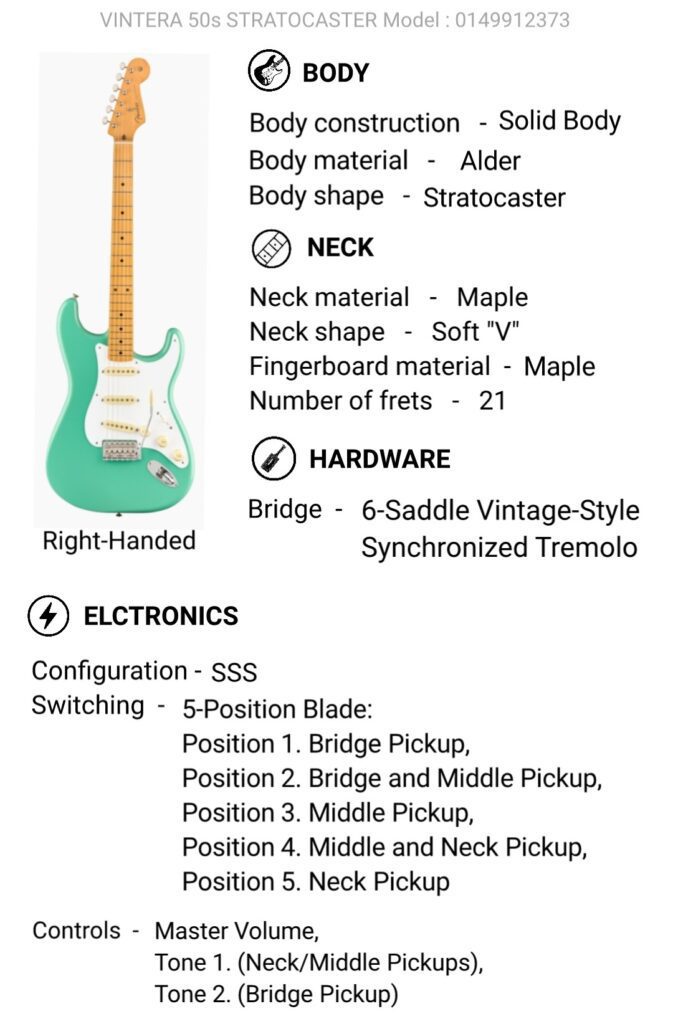
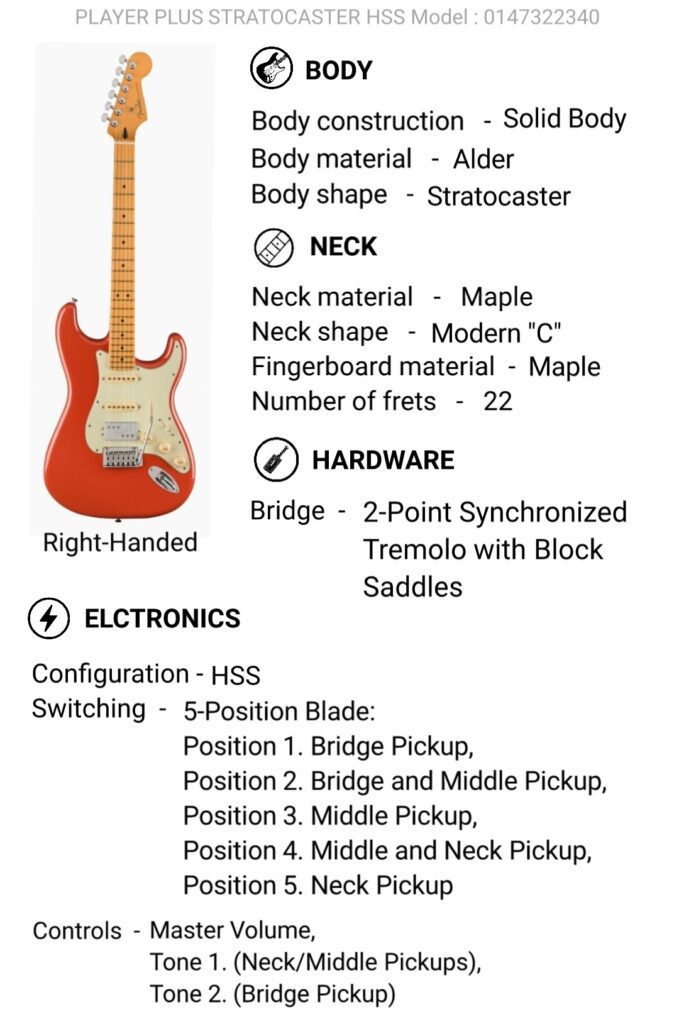
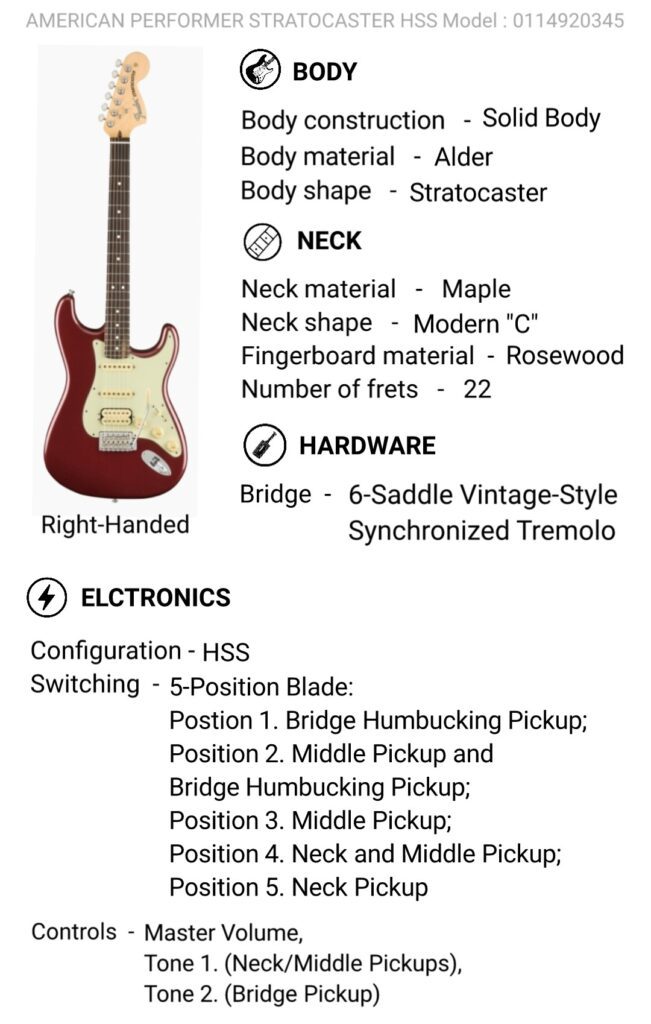
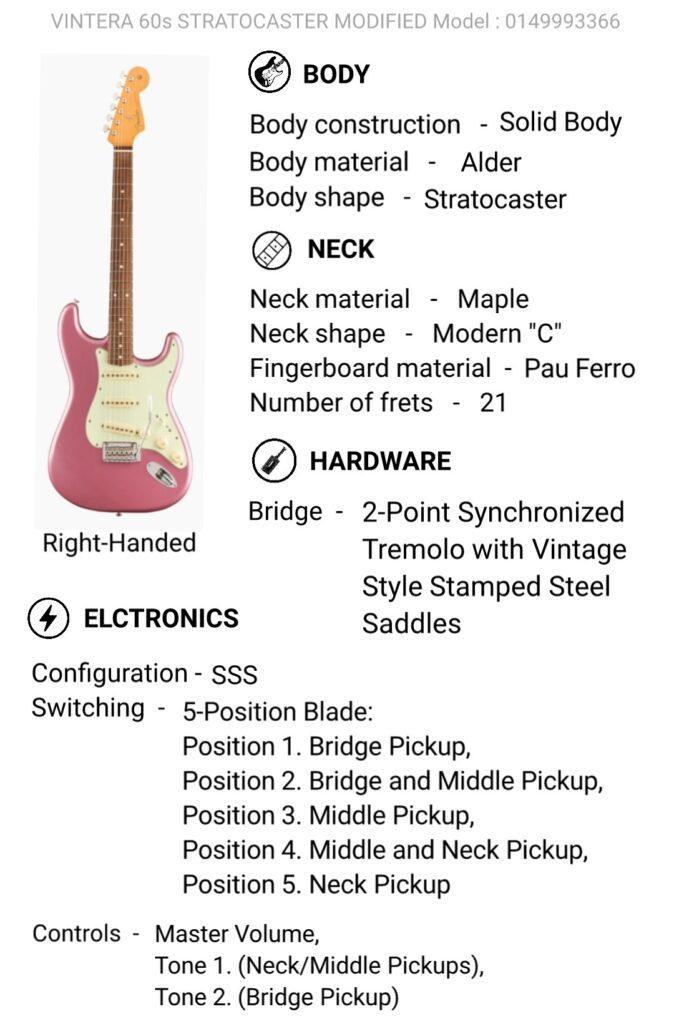

list of all Gretsch electric guitar with prices, specifications and features from difference online
stores at infinicisum.net
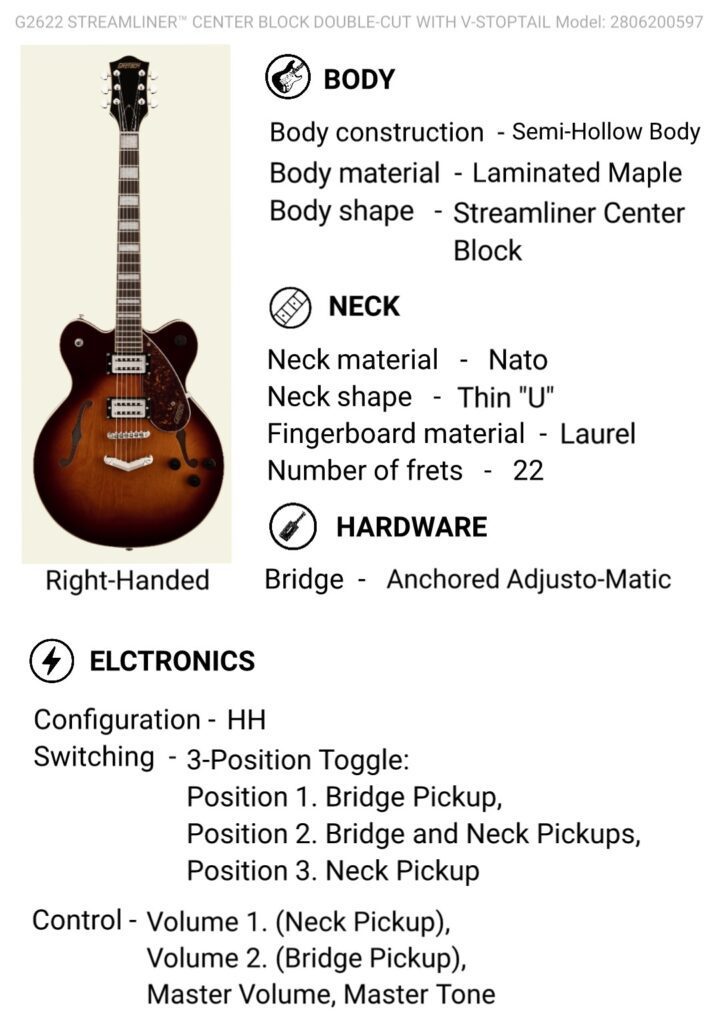
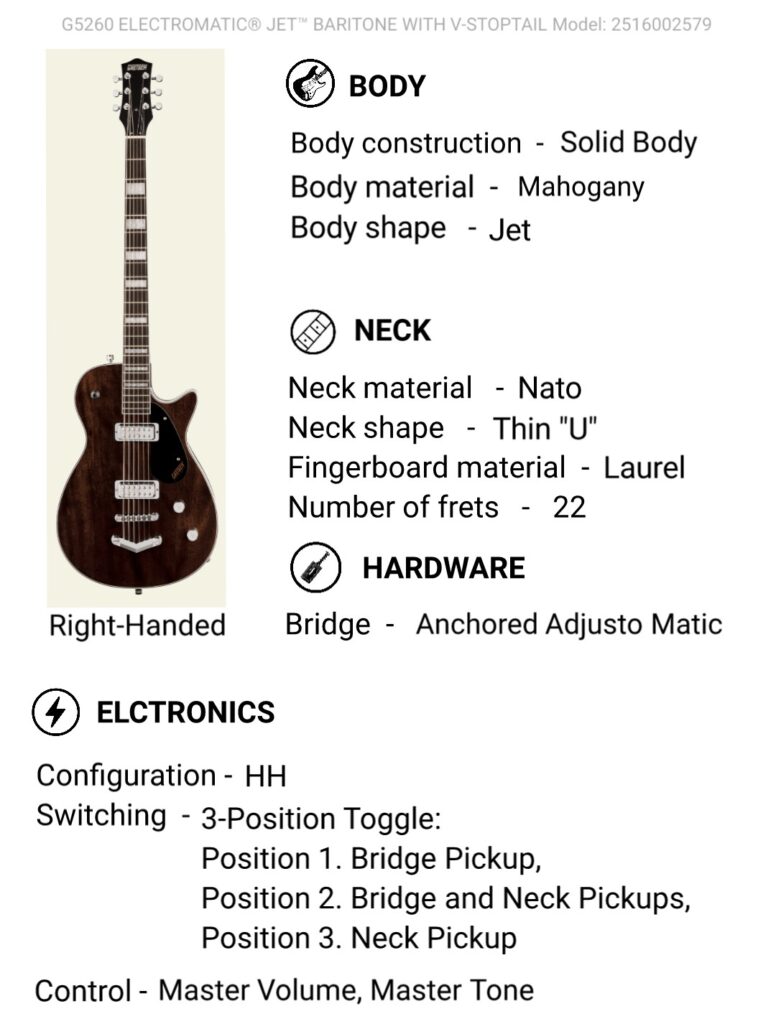
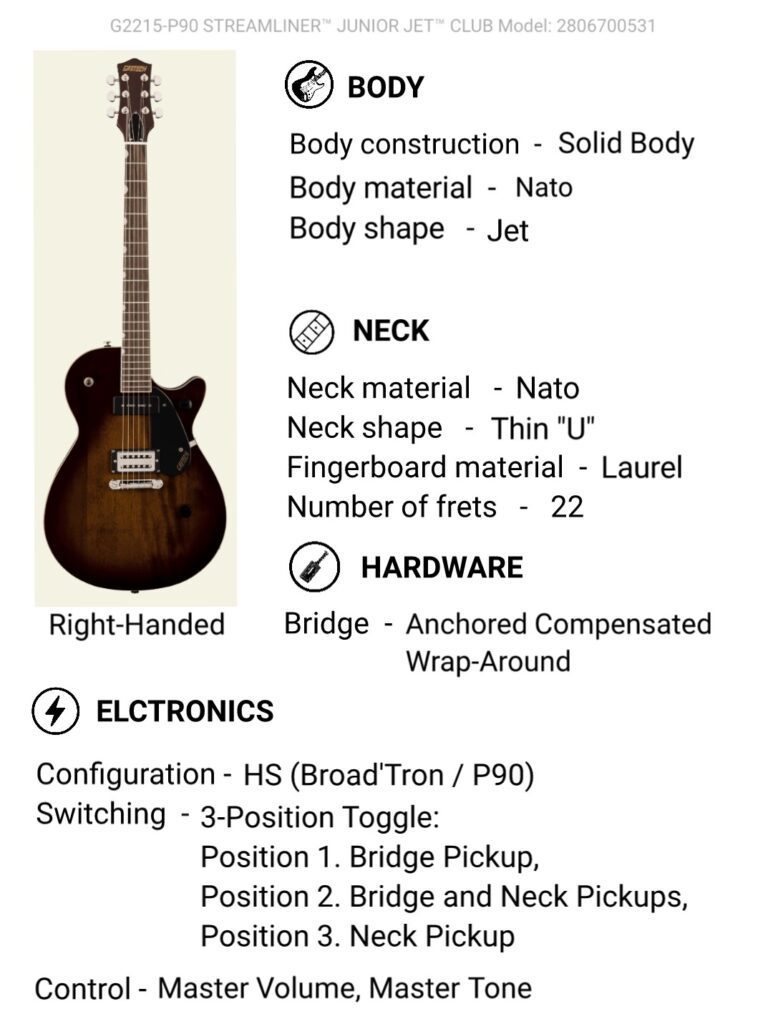
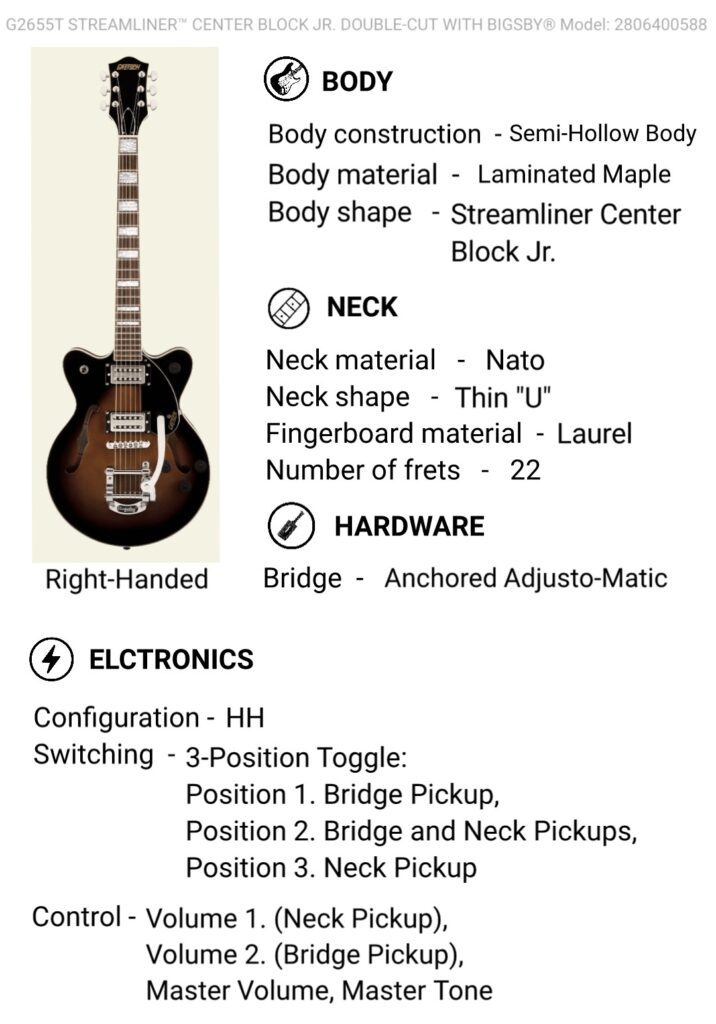


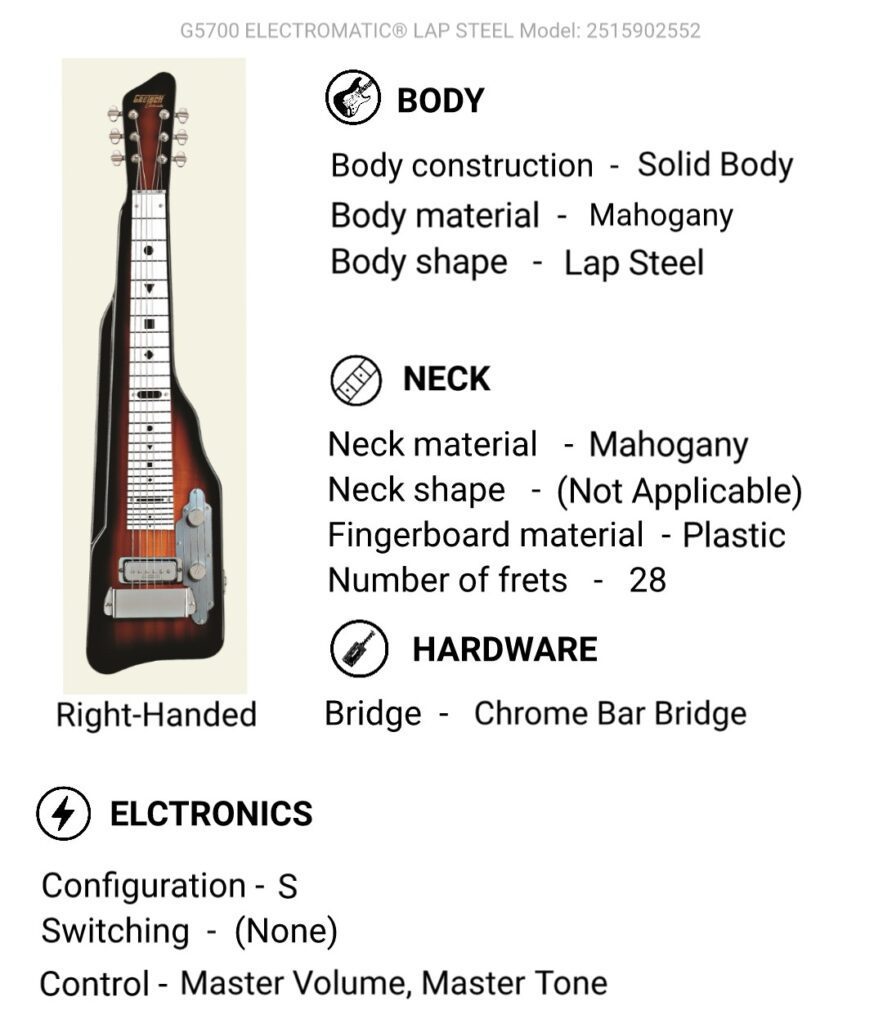

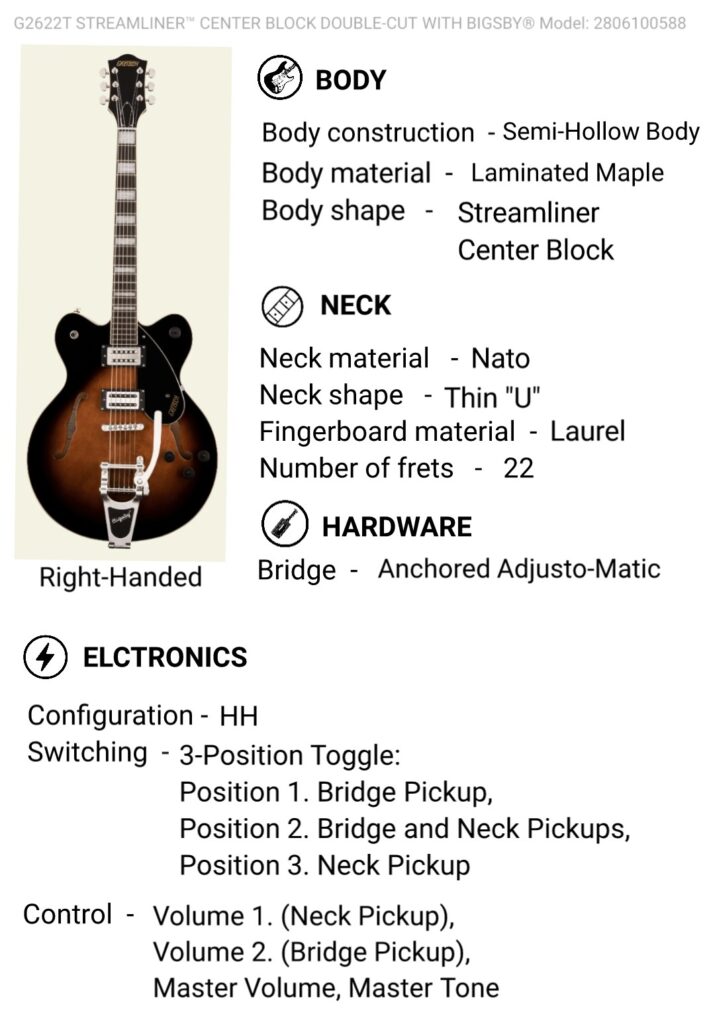

Introduction: Gretsch, a name synonymous with vintage elegance and distinctive tones, has left an indelible mark on the world of electric guitars. With a rich history dating back to the 1880s, Gretsch guitars have become iconic instruments embraced by players across genres. In this article, we’ll embark on a journey through the Gretsch electric guitar lineup, exploring the unique characteristics and series that define this legendary brand.
”Read_More”
1. Gretsch Electromatic Series: Affordable Excellence
2. Gretsch Streamliner Series: Vintage Vibes with Modern Playability
3. Gretsch Center Block Series: Feedback Resistance with Classic Charm
4. Gretsch Professional Collection: Artisan Craftsmanship and Sonic Mastery
5. Gretsch Players Edition: Modern Features for the Contemporary Player
6. Gretsch Vintage Select Edition: Time-Tested Classics Reimagined
7. Gretsch Brian Setzer Signature Models: Rockabilly Royalty
8. Gretsch Jim Dandy: Retro Vibe, Affordable Charm
Limited Edition models are guitars produced in a restricted quantity for a specified period. These guitars often feature unique finishes, special appointments, or exclusive design elements. Limited Edition releases are intended to be collectible and may celebrate milestones, anniversaries, or collaborations with artists. Due to their limited availability, these guitars can become sought-after items among collectors and enthusiasts.
The Custom Shop models from Gretsch represent the pinnacle of craftsmanship and attention to detail. These guitars are handcrafted by skilled artisans in Gretsch’s Custom Shop, often using high-quality materials and meticulous construction techniques. Custom Shop guitars may feature unique finishes, premium appointments, and special specifications that set them apart from standard production models.
Conclusion: Gretsch electric guitars stand as a testament to the brand’s commitment to timeless design, craftsmanship, and sonic excellence. Whether you’re drawn to the affordable elegance of the Electromatic series, the vintage-inspired tones of the Streamliner series, the modern features of the Players Edition, or the artisan craftsmanship of the Professional Collection, Gretsch offers a guitar for every player’s taste and style. As Gretsch continues to evolve, the legacy of these guitars remains firmly rooted in their ability to inspire musicians across genres, making each instrument a work of art that transcends time and resonates with the soulful tones of musical history.
Choosing the right Gretsch electric guitar involves considering various factors, including your playing style, budget, and personal preferences. Gretsch offers a diverse range of models, each with its own unique features and tonal characteristics. Here’s a guide to help you make an informed decision:
Remember that the “right” Gretsch guitar is subjective and depends on your personal preferences. Whether you’re drawn to the vintage aesthetics of the Streamliner or the premium craftsmanship of the Professional Collection, Gretsch offers a guitar that captures the essence of its rich history and inspires musicians across genres. Take your time to explore the options, test different models, and find the Gretsch guitar that resonates with your playing style and musical vision.
Gretsch electric guitars are known for their distinctive designs, vintage aesthetics, and unique tones. Like any brand, Gretsch guitars have their own set of pros and cons. Here’s an overview:
It’s essential to consider your playing style, preferences, and the specific characteristics you’re seeking in a guitar when evaluating Gretsch models.
Gretsch guitars are known for their distinctive tones and are particularly well-suited for certain genres of music. The unique characteristics of Gretsch guitars, including their hollow and semi-hollow body designs, Filter’Tron pickups, and Bigsby tremolo systems, contribute to their signature sound. Here are some genres of music for which Gretsch guitars are often considered a good fit:
It’s important to note that the suitability of a guitar for a specific genre is subjective, and many guitarists use Gretsch guitars across a wide range of musical styles. The choice of a Gretsch guitar ultimately depends on the player’s preferences, playing style, and the specific sonic characteristics they are seeking.
Filter’Tron and Broad’Tron are two distinct types of pickups produced by Gretsch, each with its own sonic characteristics. Let’s explore the differences between Filter’Tron and Broad’Tron pickups:
Ultimately, the choice between Filter’Tron and Broad’Tron pickups comes down to your playing style, musical preferences, and the sonic characteristics you are seeking in your guitar. Many Gretsch models offer both Filter’Tron and Broad’Tron options, allowing players to choose the pickup that best suits their needs.
The history of Gretsch electric guitars is rich and spans over a century, marked by innovation, iconic designs, and collaborations with legendary musicians. Here is an overview of key milestones in the history of Gretsch electric guitars:
Throughout its history, Gretsch electric guitars have been associated with a diverse range of genres, from rockabilly and rock ‘n’ roll to country and jazz. The brand’s commitment to quality craftsmanship and its ability to adapt to changing musical landscapes have contributed to its enduring legacy in the world of electric guitars. Today, Gretsch guitars remain popular among musicians who appreciate their distinctive designs and iconic sounds.
”Read_Less”
List of Best HSS (humbucker single-coil single-coil) electric guitar with features and specifications, You can compare electric guitar
prices on different online stores.
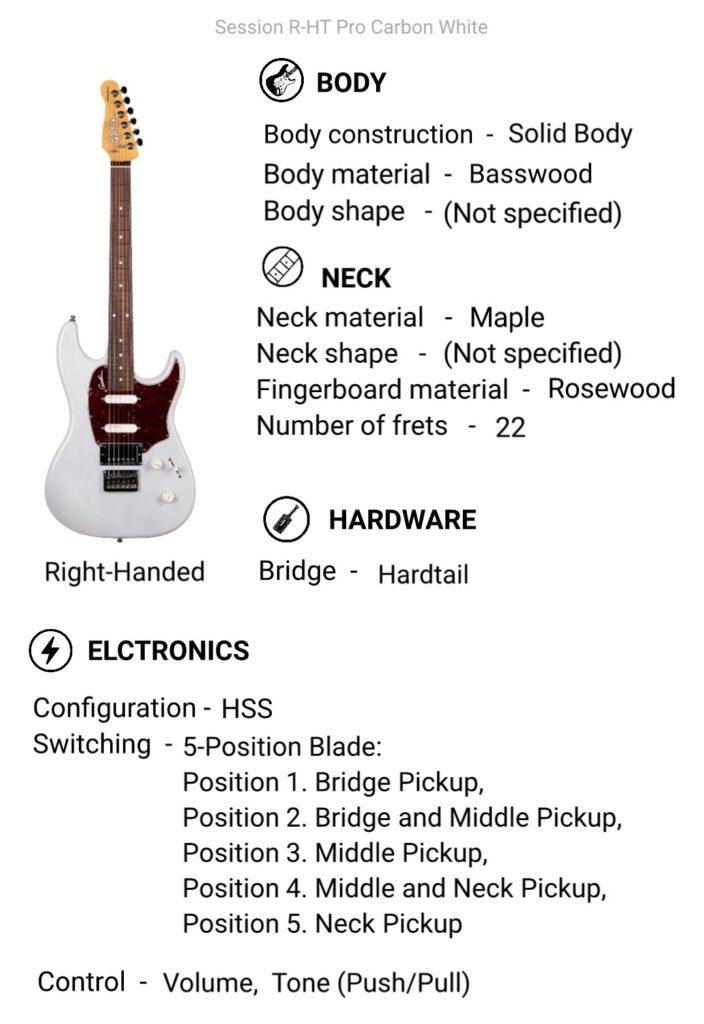
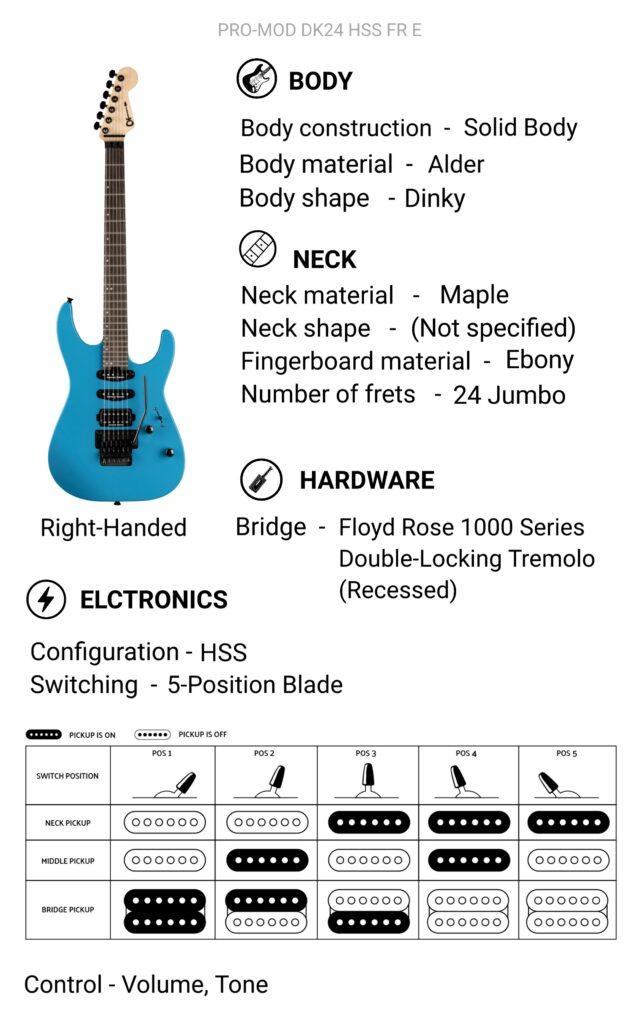


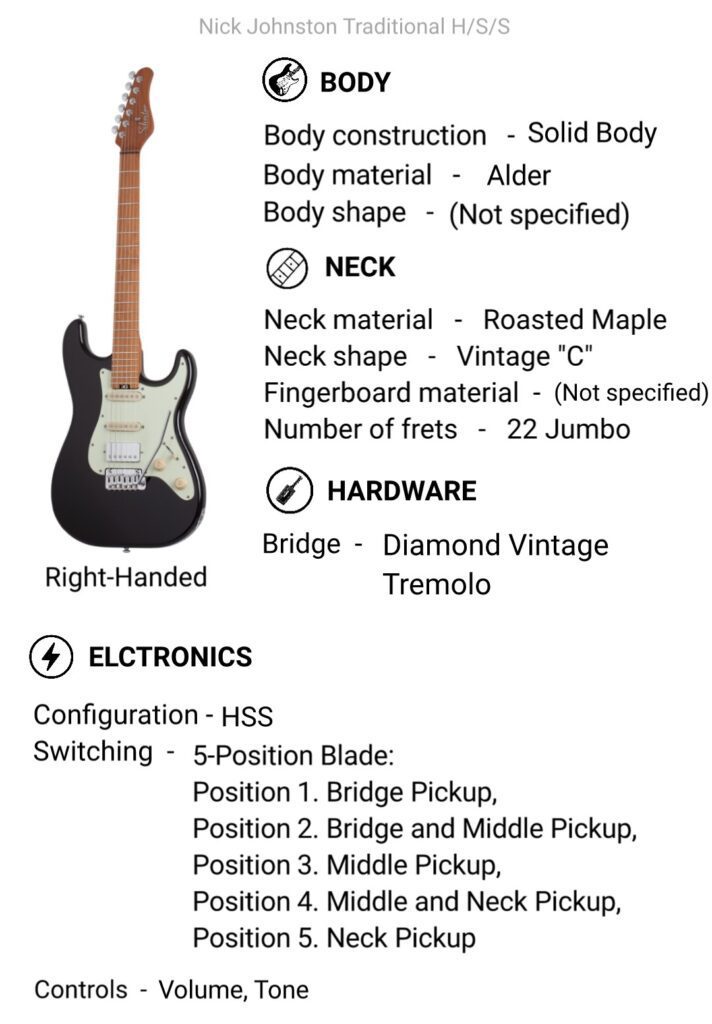
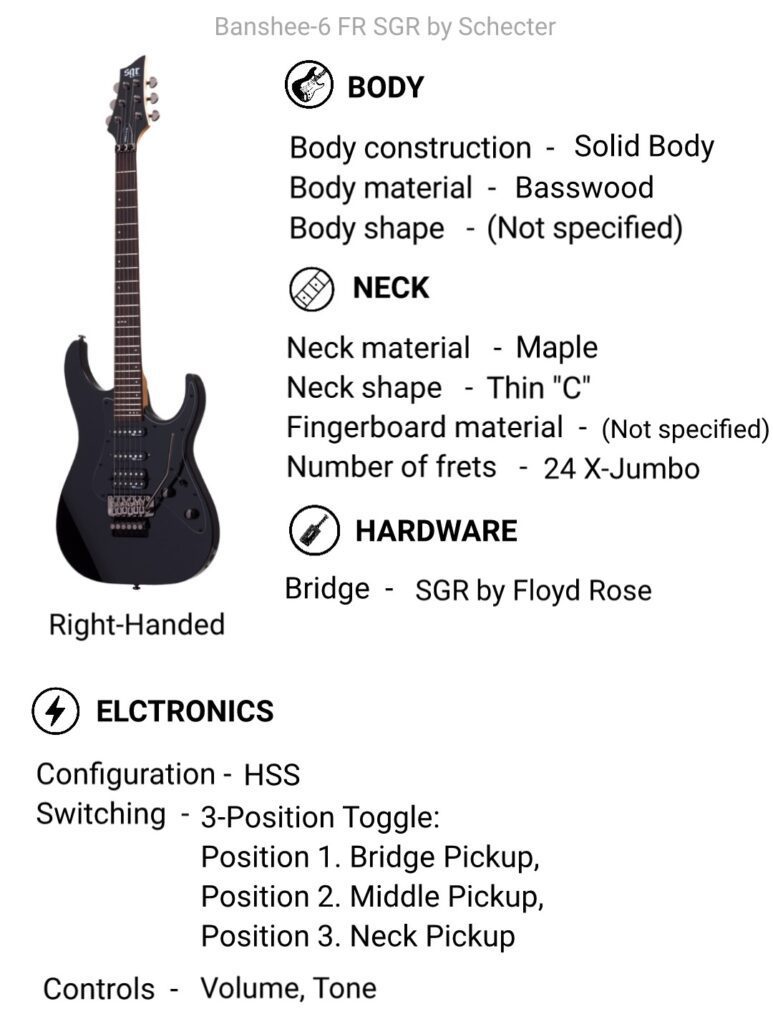



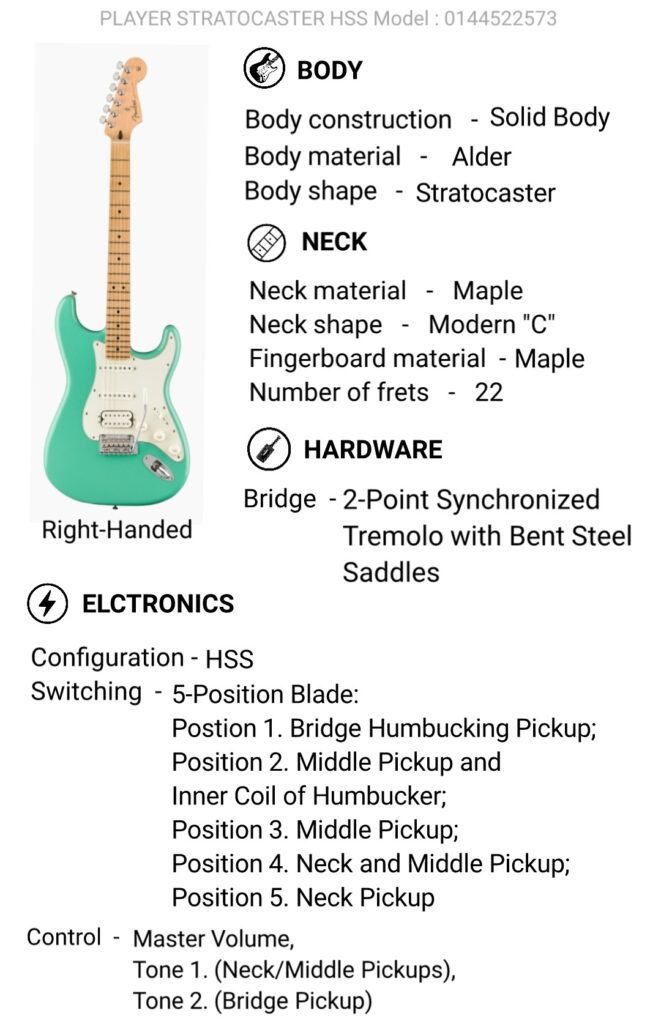



Introduction: The HSS (Humbucker-Single Coil-Single Coil) electric guitar configuration stands as a testament to versatility, offering a balance between the warmth of humbucking pickups and the clarity of single coils. This popular pickup layout has become a favorite among guitarists of various styles, thanks to its ability to cover a wide range of tones, from crisp cleans to aggressive distortion. In this article, we delve into the features, benefits, and history of the HSS electric guitar.
”Read_More”
Features and Configuration: The HSS configuration typically features a humbucking pickup in the bridge position, offering high-output, fat tones with reduced noise and interference. Paired with two single-coil pickups in the middle and neck positions, the guitar achieves a diverse tonal palette that caters to different playing styles and musical genres. This setup provides the flexibility to dial in warm, punchy rhythm tones from the neck pickup, sparkling cleans from the middle pickup, and thick, aggressive lead tones from the bridge humbucker.
Balanced Tone and Sonic Character: The combination of humbucker and single-coil pickups in an HSS configuration results in a balanced tonal profile with rich lows, clear mids, and smooth highs. This balanced sonic character makes HSS guitars well-suited for both rhythm and lead playing, allowing the instrument to cut through the mix in a band setting while retaining clarity and definition. Whether you’re strumming chords, playing melodic lines, or unleashing blistering solos, the HSS guitar offers the tonal versatility and dynamic range to adapt to any musical situation.
Conclusion: In conclusion, the HSS electric guitar configuration embodies the perfect balance between versatility, tone, and performance. With its combination of humbucker and single-coil pickups, the HSS guitar offers a diverse array of tones that cater to the needs of players across different genres and musical contexts.
The HSS (Humbucker-Single Coil-Single Coil) pickup configuration is suitable for a wide range of musical genres due to its versatile tonal capabilities. Here’s an explanation of its suitability for various genres:
Overall, the HSS pickup configuration offers a versatile sonic palette that can adapt to a wide range of musical genres and playing styles. Whether you’re rocking out on stage, laying down soulful grooves in the studio, or serenading audiences with heartfelt blues licks, the HSS guitar provides the tonal flexibility and dynamic range to excel in any musical context.
Choosing the right HSS (Humbucker-Single Coil-Single Coil) electric guitar involves considering several factors to ensure it meets your musical preferences and performance needs. Here’s a guide to help you select the perfect HSS guitar:
By considering these factors and thoroughly researching your options, you can choose the right HSS electric guitar that meets your musical preferences, performance needs, and budgetary constraints.
Pros:
Cons:
Overall, HSS electric guitars offer a versatile combination of tones suitable for a wide range of musical styles and playing techniques. While they may have some drawbacks compared to guitars with dedicated single-coil or humbucker configurations, HSS guitars remain a popular choice among guitarists seeking flexibility and sonic diversity in their instruments.
The history of HSS (Humbucker-Single Coil-Single Coil) electric guitars is closely tied to the evolution of electric guitar design and the quest for tonal versatility. While the specific origins of the HSS pickup configuration are not as well-documented as other guitar innovations, its development can be traced back to the mid-20th century alongside advancements in pickup technology and player demands for more versatile instruments.
Mid-20th Century: In the 1950s and 1960s, electric guitar manufacturers like Fender and Gibson were experimenting with different pickup configurations to expand the tonal capabilities of their instruments. Fender, in particular, introduced the iconic Stratocaster model in 1954, featuring three single-coil pickups (SSS configuration), which became synonymous with its signature bright, twangy sound.
Late 1960s to 1970s: As the popularity of electric guitars grew and players began exploring new musical styles, there was a demand for guitars that could offer a wider range of tones. To meet this demand, guitar manufacturers started experimenting with hybrid pickup configurations that combined the warmth and punch of humbuckers with the clarity and sparkle of single-coils.
Emergence of HSS Configuration: The HSS pickup configuration emerged as a solution to this demand for tonal versatility. By incorporating a humbucker in the bridge position for high-output, thick tones, and retaining single-coil pickups in the middle and neck positions for clarity and articulation, guitarists could access a broader spectrum of sounds within a single instrument.
1970s to Present: Throughout the 1970s and beyond, HSS guitars gained popularity among players across various genres, including rock, blues, pop, funk, and more. Guitar manufacturers continued to refine and innovate upon the HSS design, offering different pickup combinations, coil-splitting options, and wiring configurations to tailor the sound to the preferences of different players.
Modern Era: In the modern era, HSS electric guitars remain a staple in the market, appreciated for their versatility and ability to cover a wide range of musical styles. With advancements in pickup technology and guitar manufacturing techniques, HSS guitars continue to evolve, offering players even greater tonal flexibility and sonic capabilities.
Overall, the history of HSS electric guitars reflects the ongoing quest by guitar manufacturers to create instruments that can accommodate the diverse needs and preferences of musicians across various genres and playing styles. As players continue to push the boundaries of musical expression, HSS guitars remain a reliable and versatile tool for unleashing a spectrum of tones on stage and in the studio.
”Read_Less”
List of Best SS (single-coil single-coil) electric guitar with features and specifications, You can compare electric guitar
prices on different online stores.
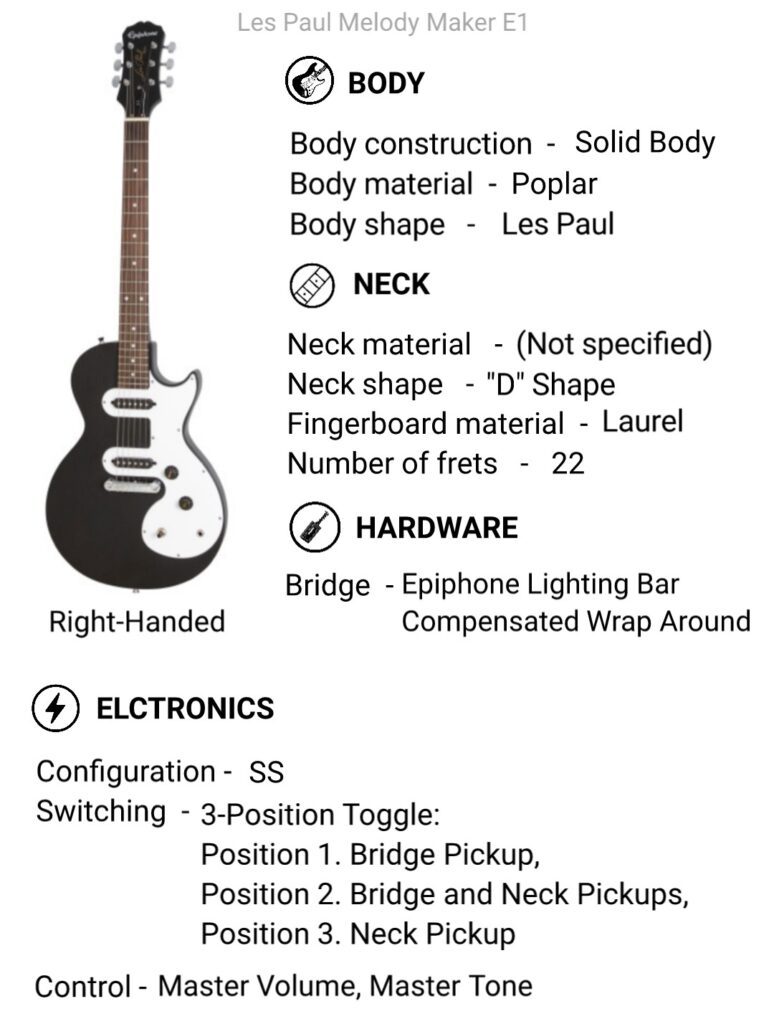

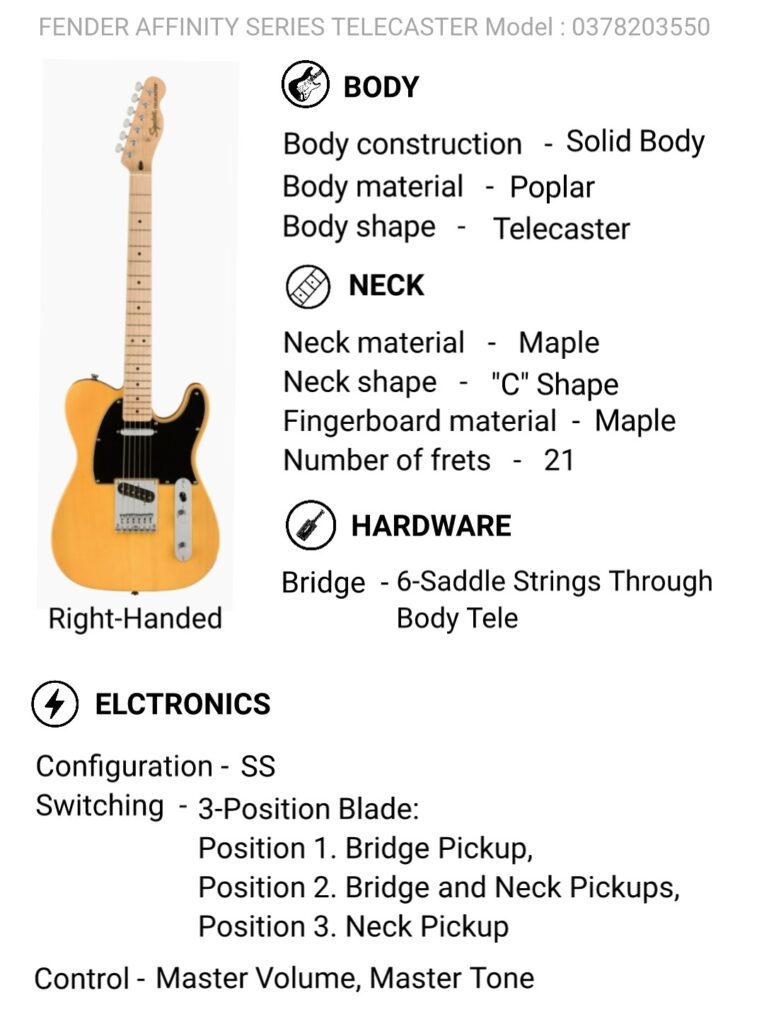




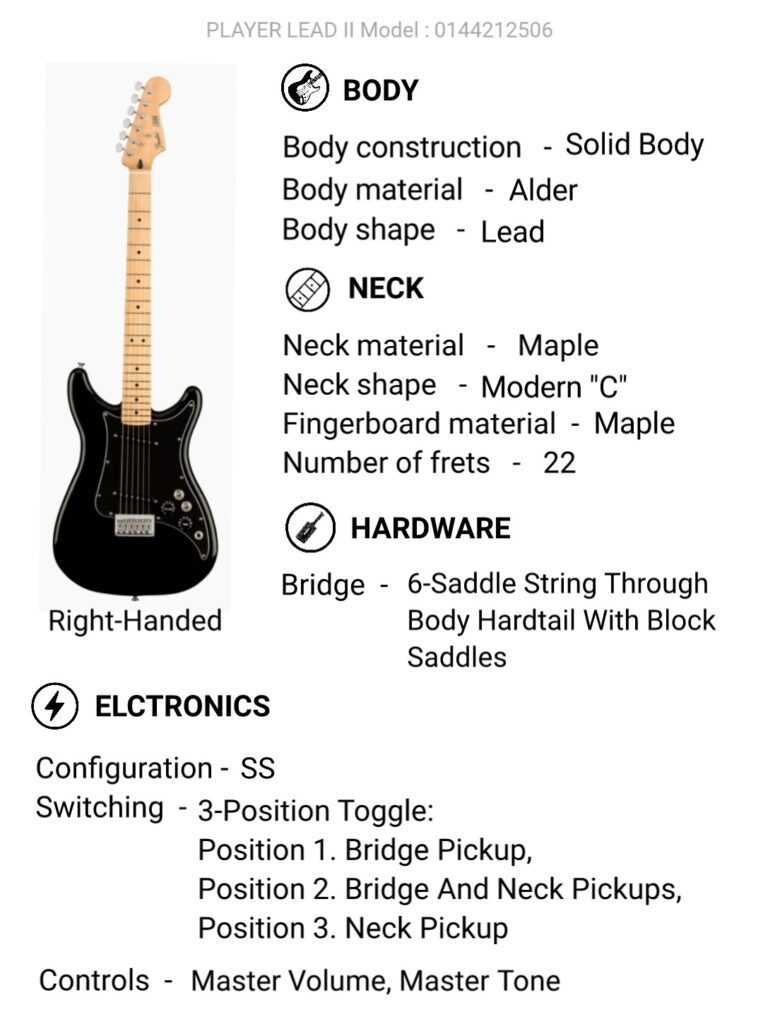

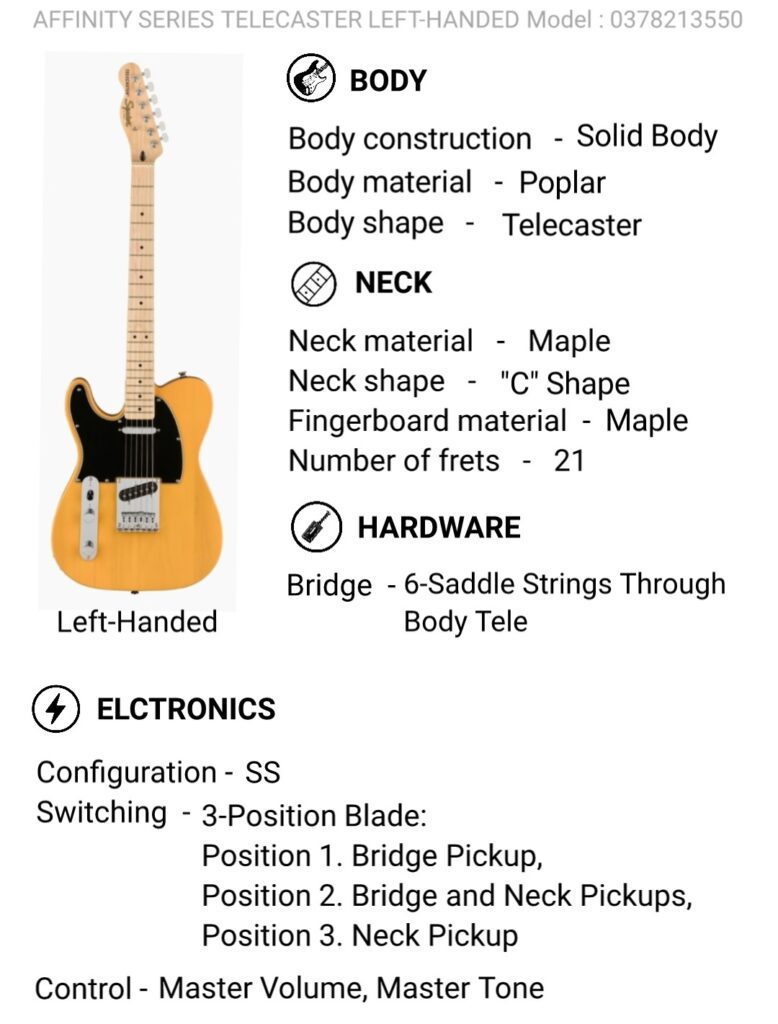

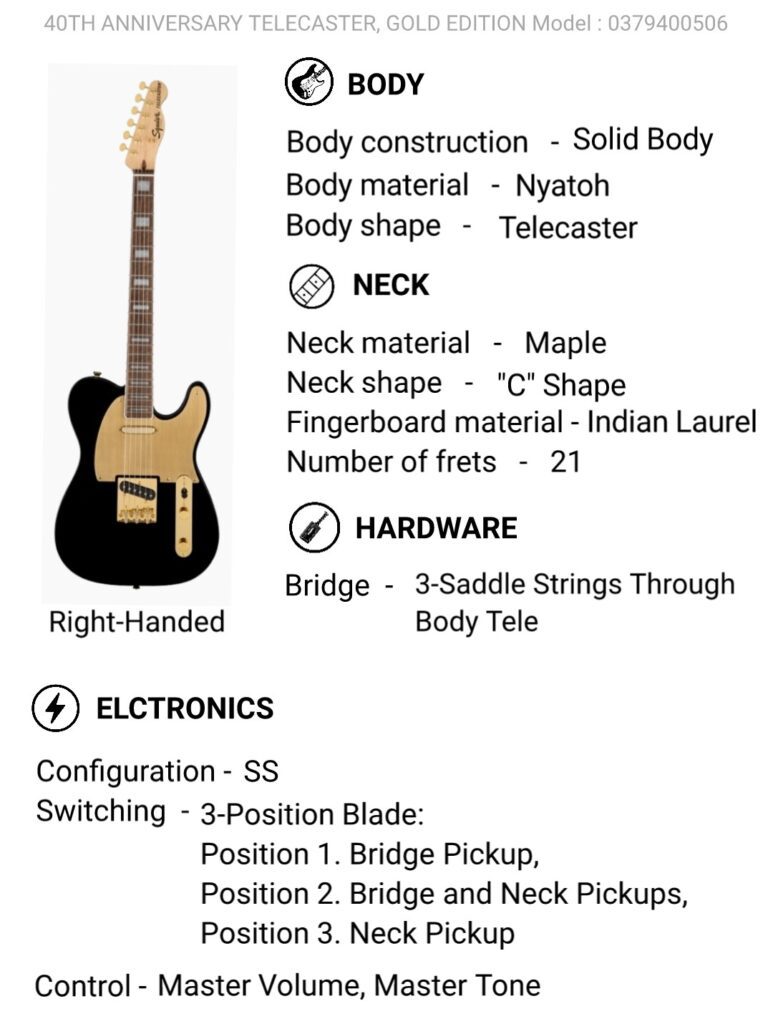

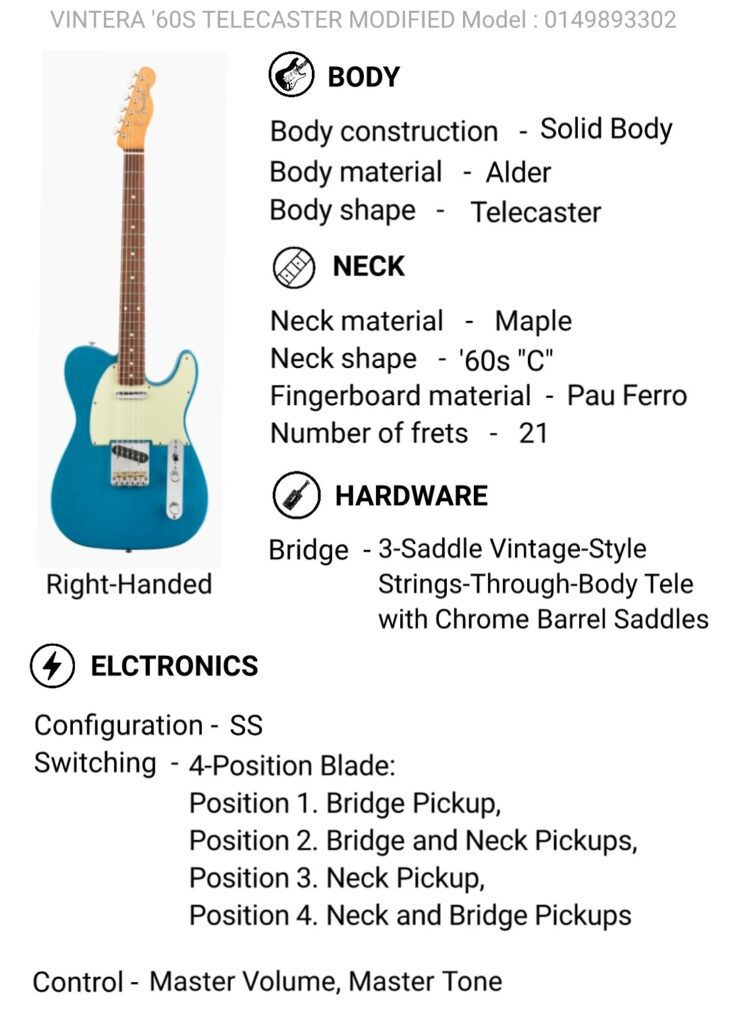
Introduction: The SS (Single-Coil-Single-Coil) electric guitar configuration is a classic setup that has been cherished by guitarists for decades. Renowned for its bright, articulate tones and distinctive sound, the SS configuration has left an indelible mark on the world of electric guitars. Let’s delve into the essence of SS guitars, exploring their history, characteristics, and enduring appeal.
”Read_More”
Characteristics:
Enduring Appeal: Despite the evolution of electric guitar technology and the introduction of new pickup configurations, the timeless allure of the SS setup remains undiminished. Guitarists continue to gravitate towards SS guitars for their classic tone, playability, and iconic design, ensuring their enduring relevance in the ever-changing landscape of music.
In conclusion, the SS (Single-Coil-Single-Coil) electric guitar configuration stands as a testament to the enduring legacy of classic electric guitar design. From its inception to the present day, SS guitars have remained cherished instruments cherished by players worldwide, embodying the essence of tone, versatility, and musical expression.
The SS (Single-Coil-Single-Coil) pickup configuration is highly versatile and well-suited for a wide range of musical genres, thanks to its distinctive sonic characteristics. Here’s an explanation of the genres where the SS pickup configuration shines:
In summary, the SS pickup configuration is suitable for genres such as blues, rock ‘n’ roll, funk, country, surf, and pop, thanks to its bright, articulate tones, dynamic response, and versatility. Whether delivering crunchy rhythm tones or expressive lead lines, SS guitars offer a wide range of sonic possibilities that cater to the diverse needs of musicians across different musical styles.
Choosing the right SS (Single-Coil-Single-Coil) electric guitar involves considering several factors to ensure it aligns with your playing style, preferences, and musical goals. Here’s a guide to help you make an informed decision:
By considering these factors and taking your time to explore different options, you can choose the right SS electric guitar that meets your needs and inspires you to create music.
SS (Single-Coil-Single-Coil) electric guitars offer a unique set of characteristics that appeal to a wide range of players. Below are the pros and cons of SS electric guitars to help you assess whether they suit your preferences and playing style:
Pros:
Cons:
Overall, while SS electric guitars offer a distinctive and versatile tonal palette, they also come with certain limitations and considerations that may affect their suitability for specific playing styles and musical genres. It’s essential to weigh these pros and cons against your preferences and requirements when choosing an SS guitar.
The history of SS (Single-Coil-Single-Coil) electric guitars is deeply intertwined with the evolution of electric guitar technology and the development of iconic models that have shaped the sound of popular music over the decades.
Overall, the history of SS electric guitars is a story of innovation, creativity, and cultural impact, with iconic models like the Fender Stratocaster and Telecaster leaving an indelible mark on the history of music.
”Read_Less”
List of Best Tune-O-Matic Bridge electric guitar with Features and specifications, You can compare electric guitar
prices on different online stores.

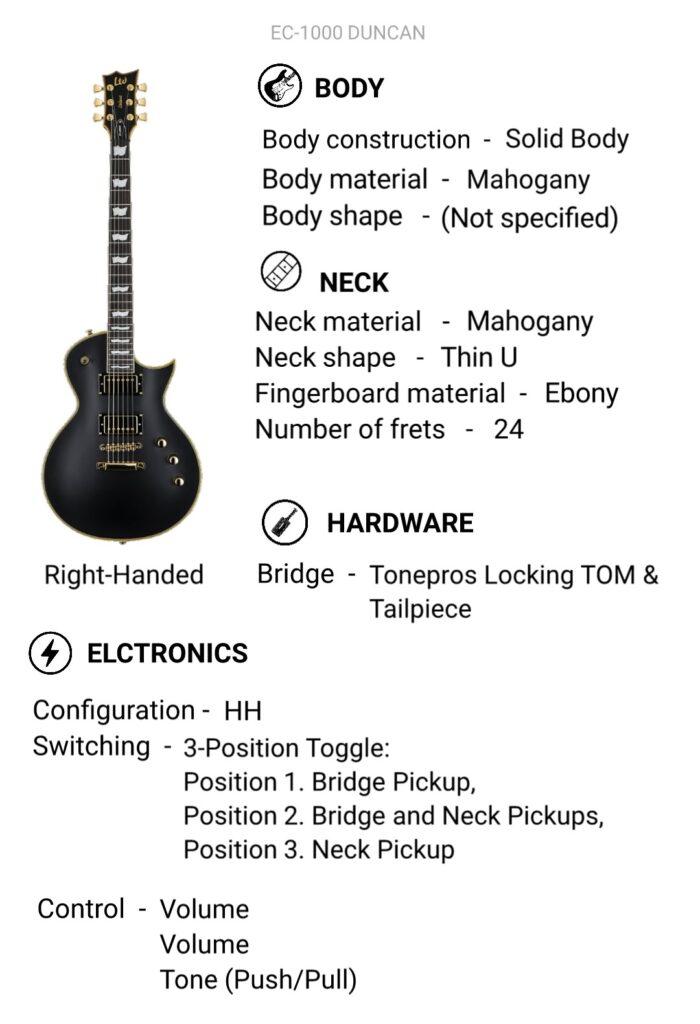
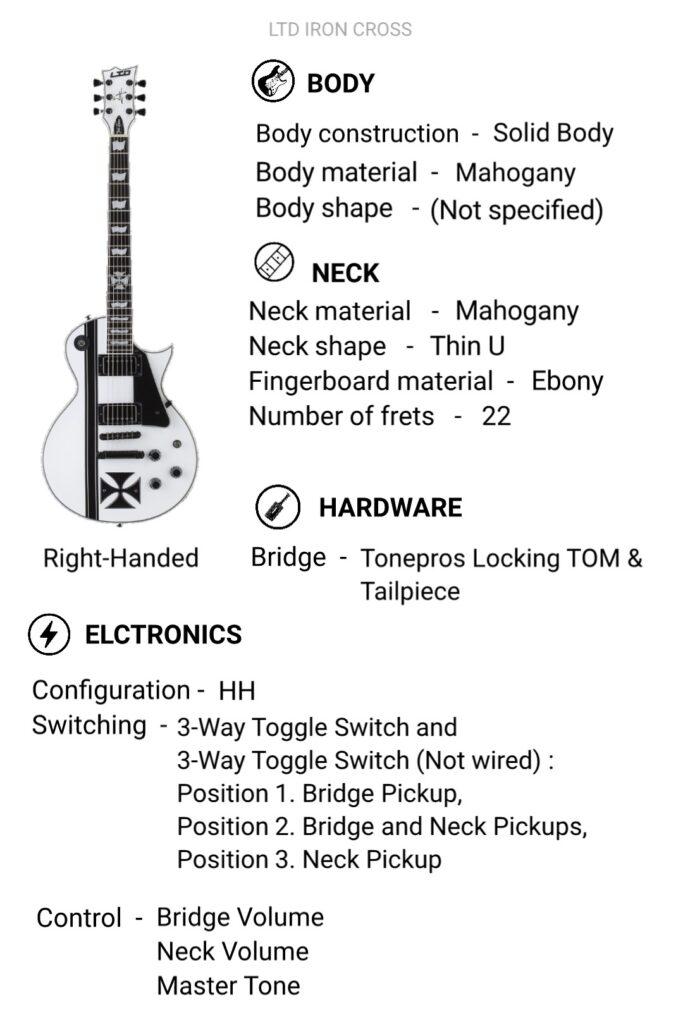
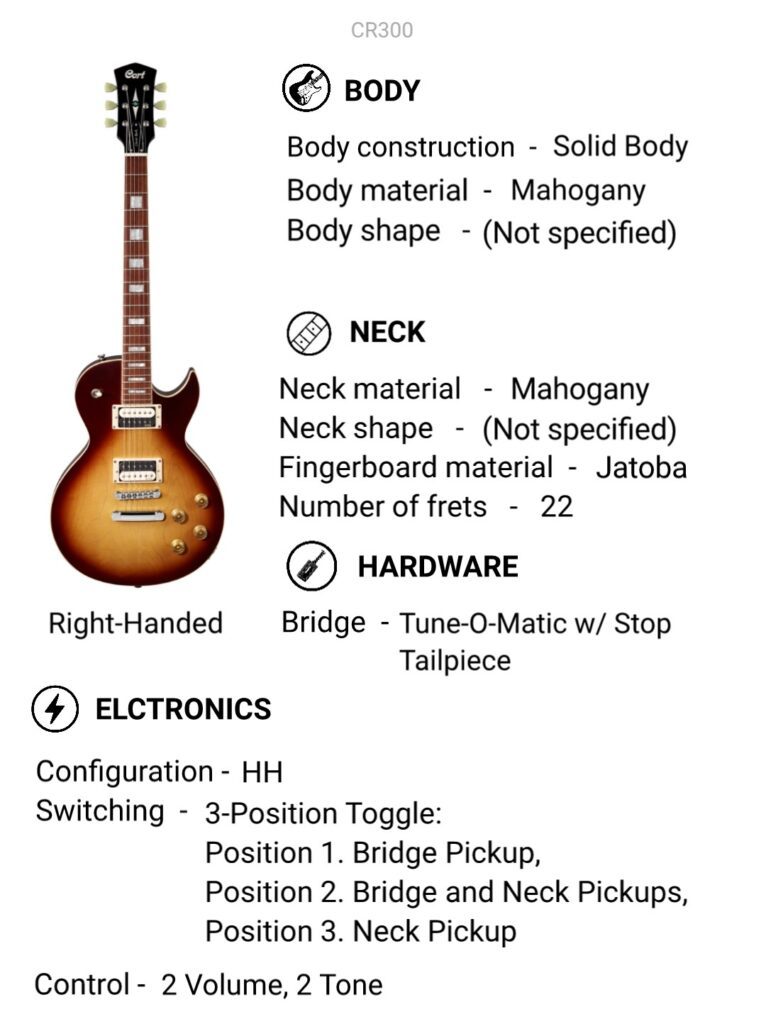
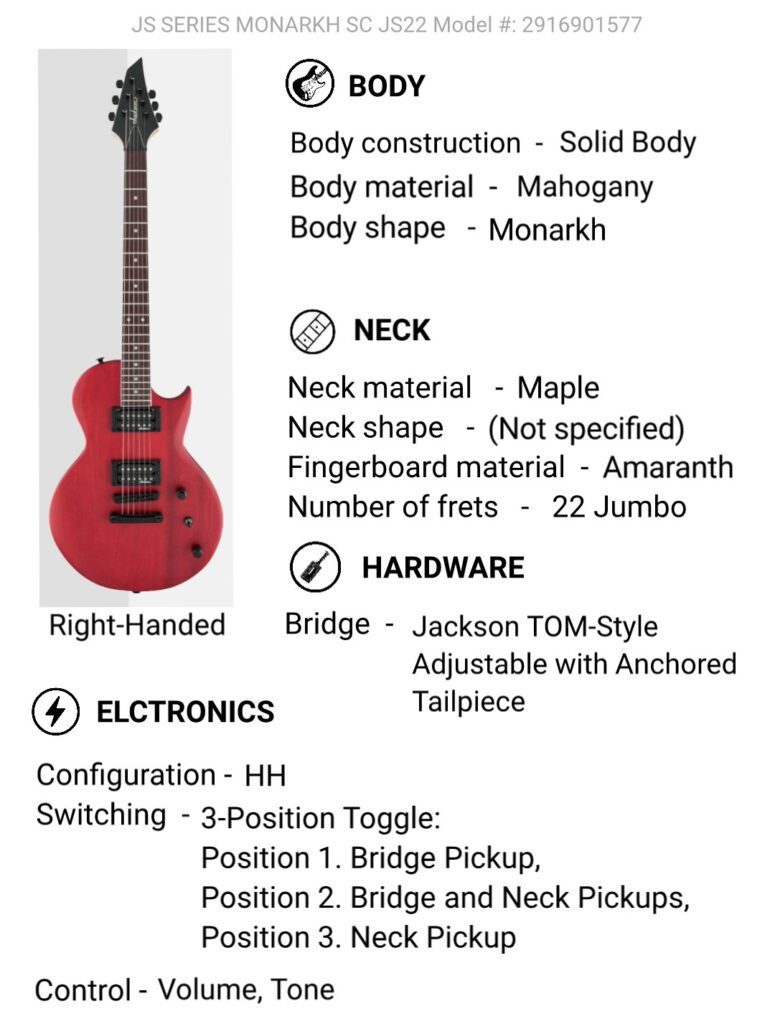



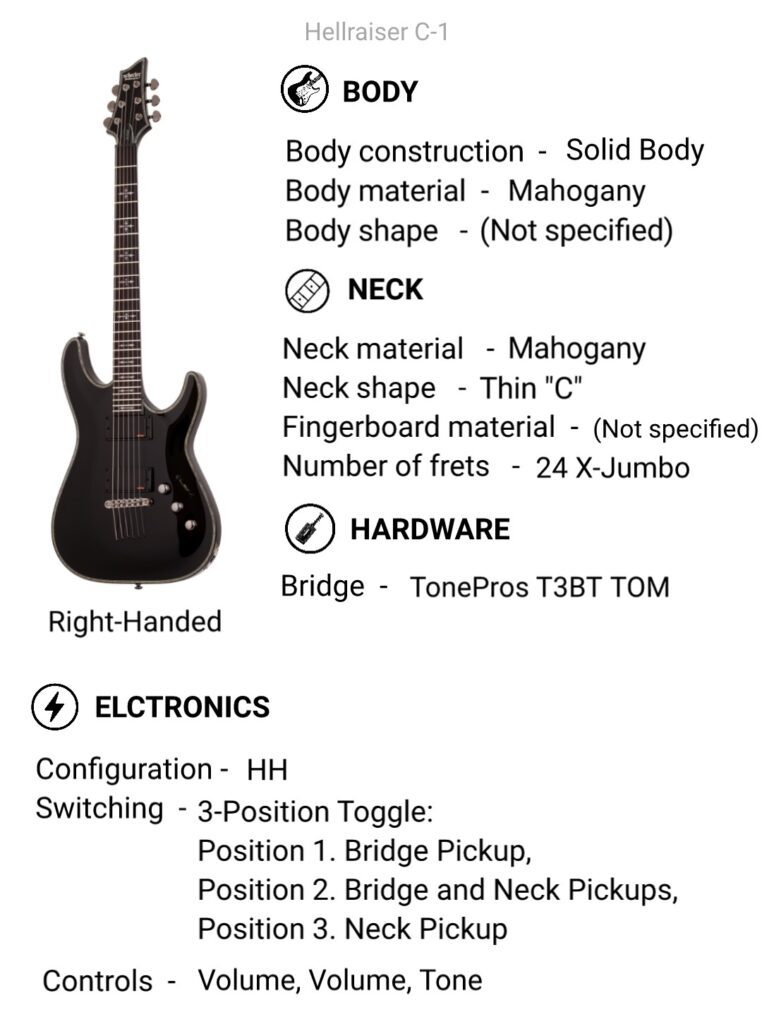
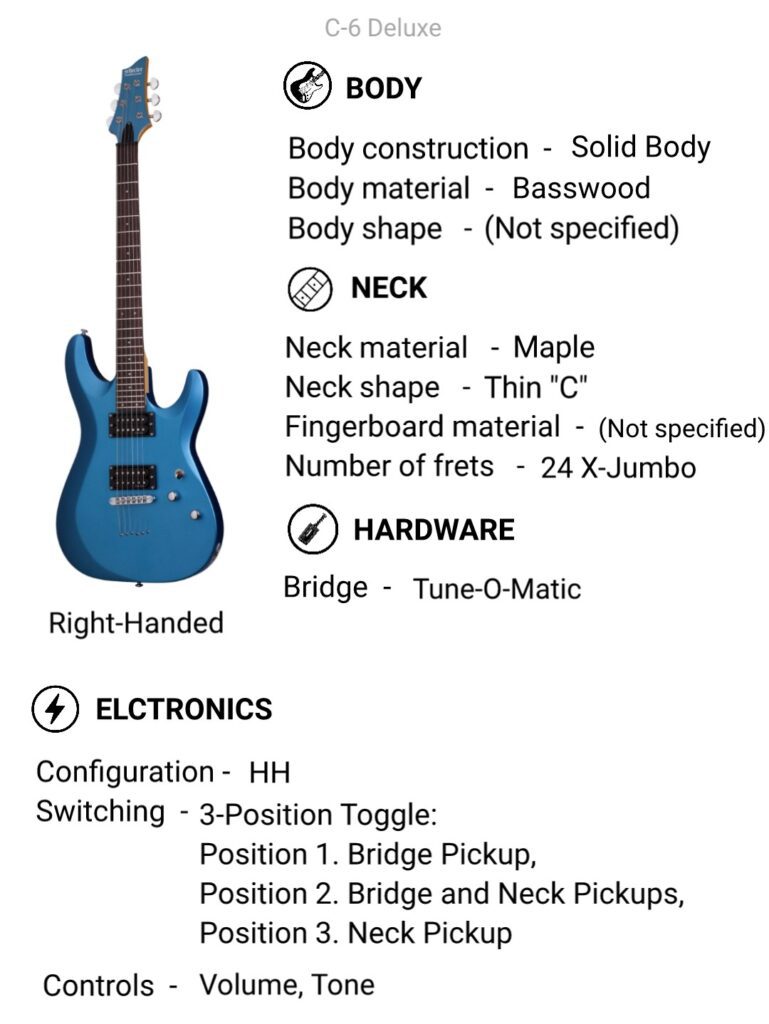
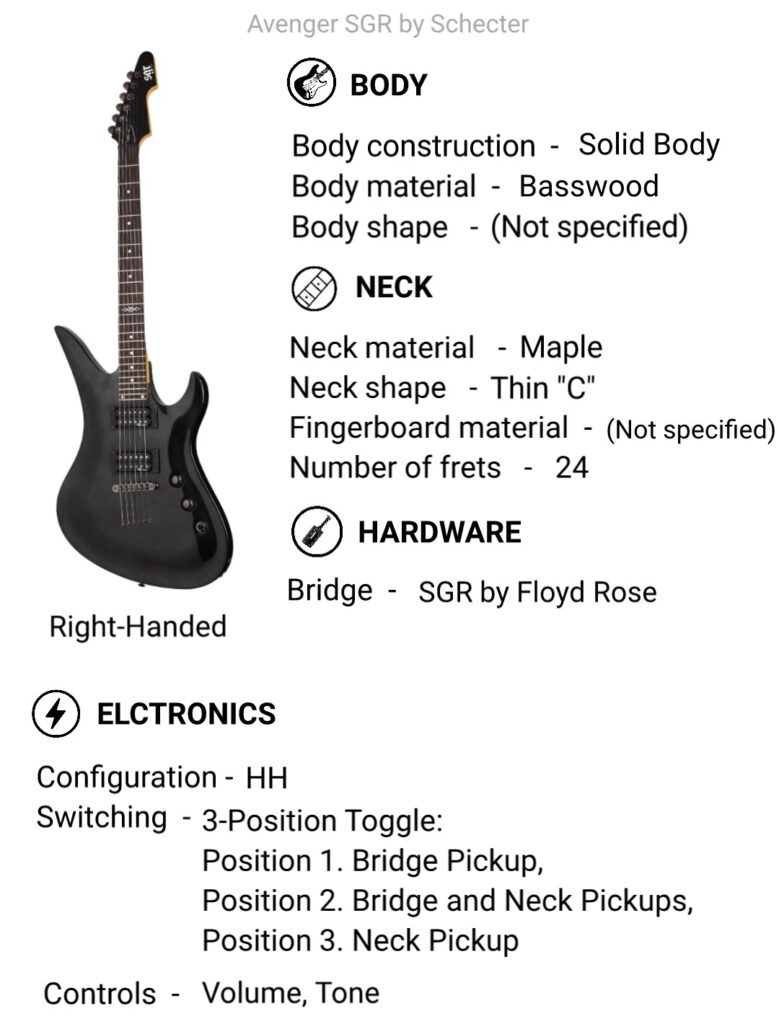
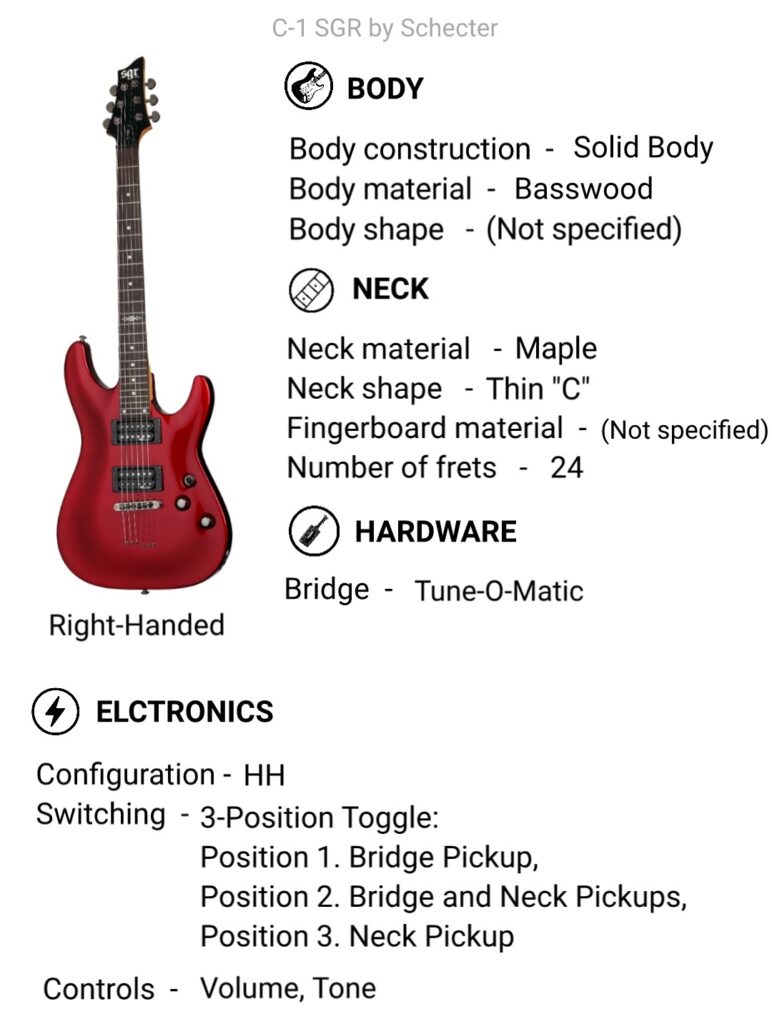








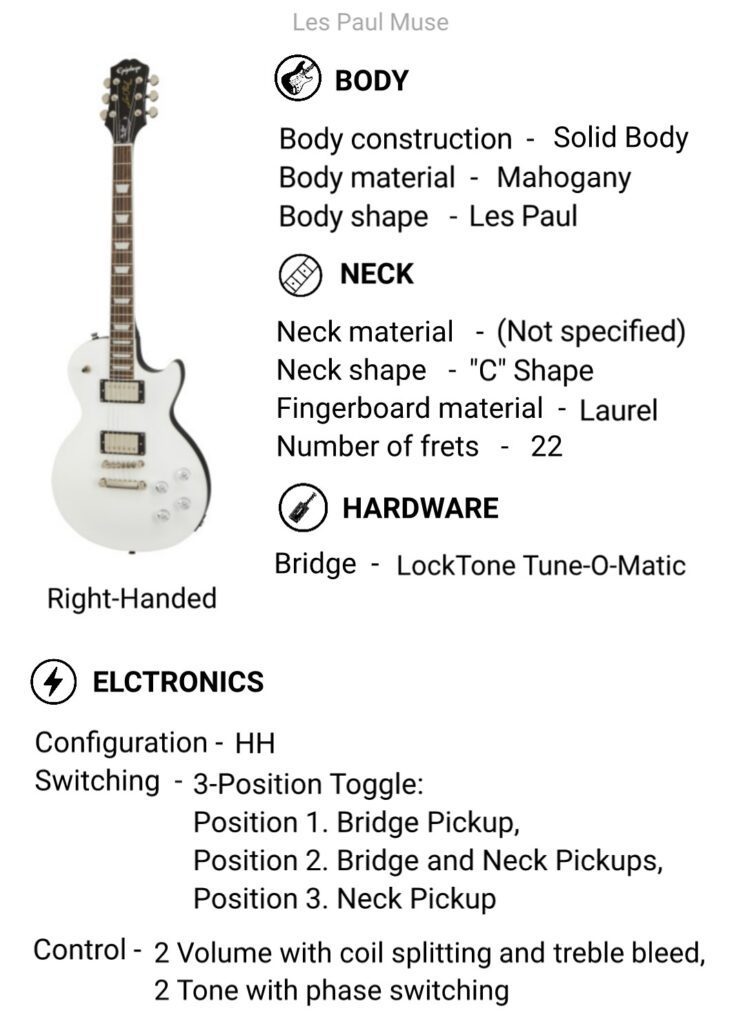
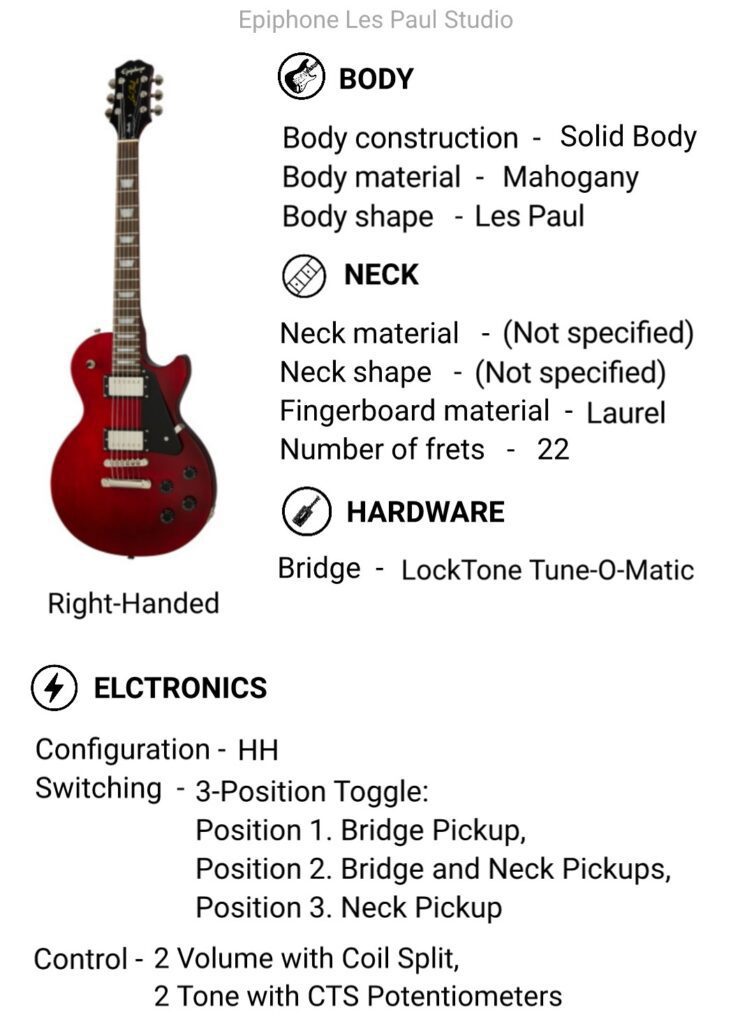
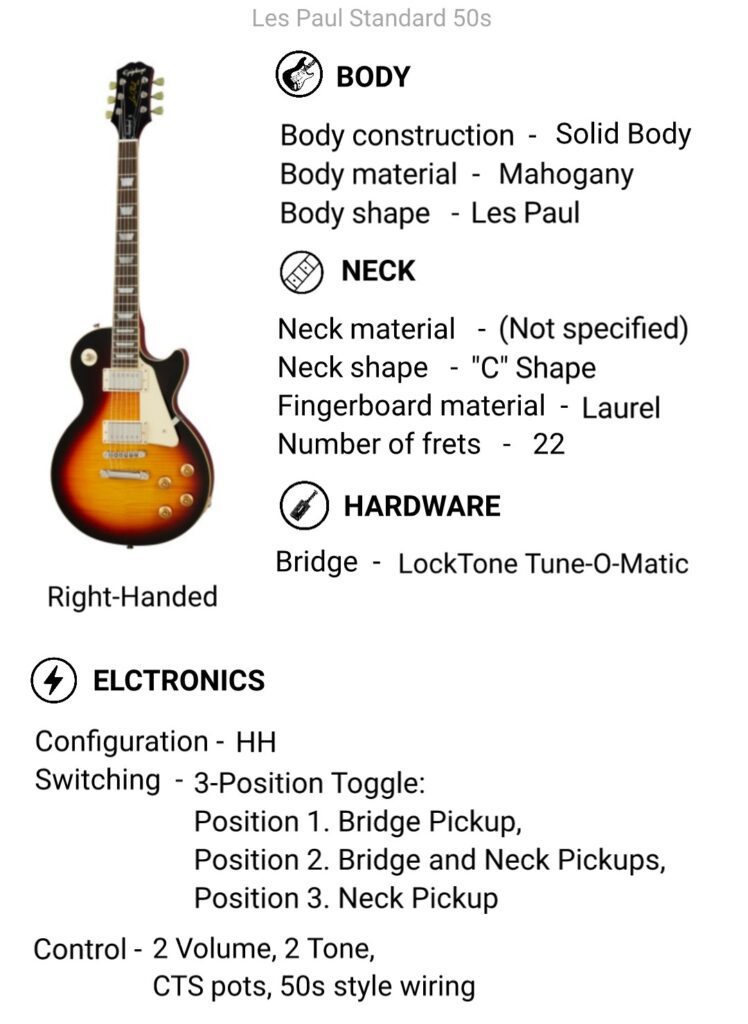
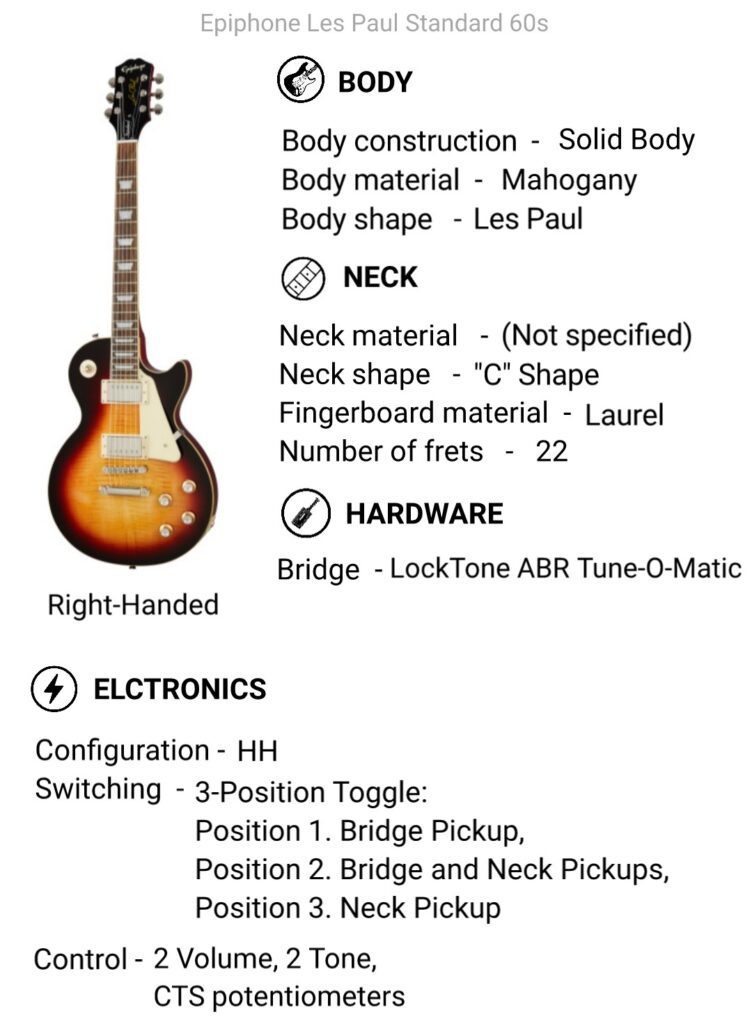



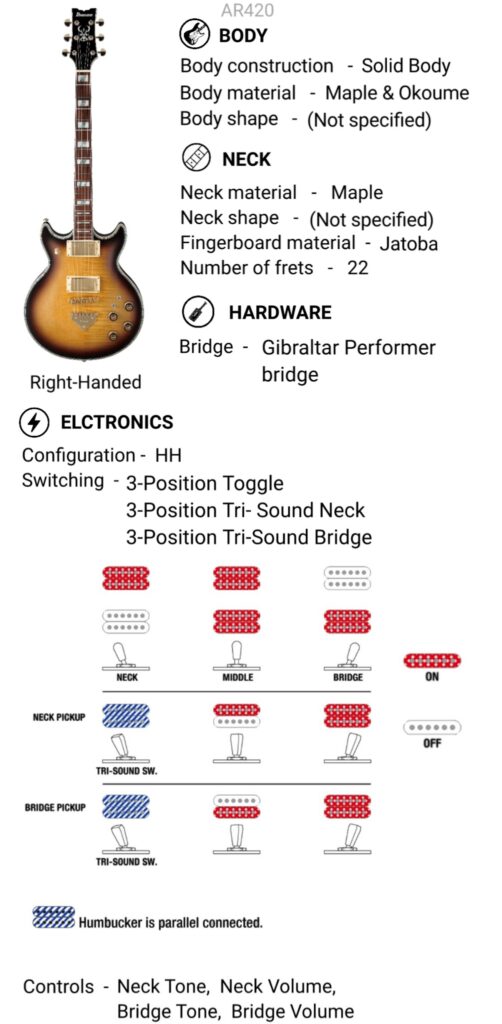

List of Best Pau Ferro Fingerboard electric guitar with Features and specifications, You can compare electric guitar
prices on different online stores.
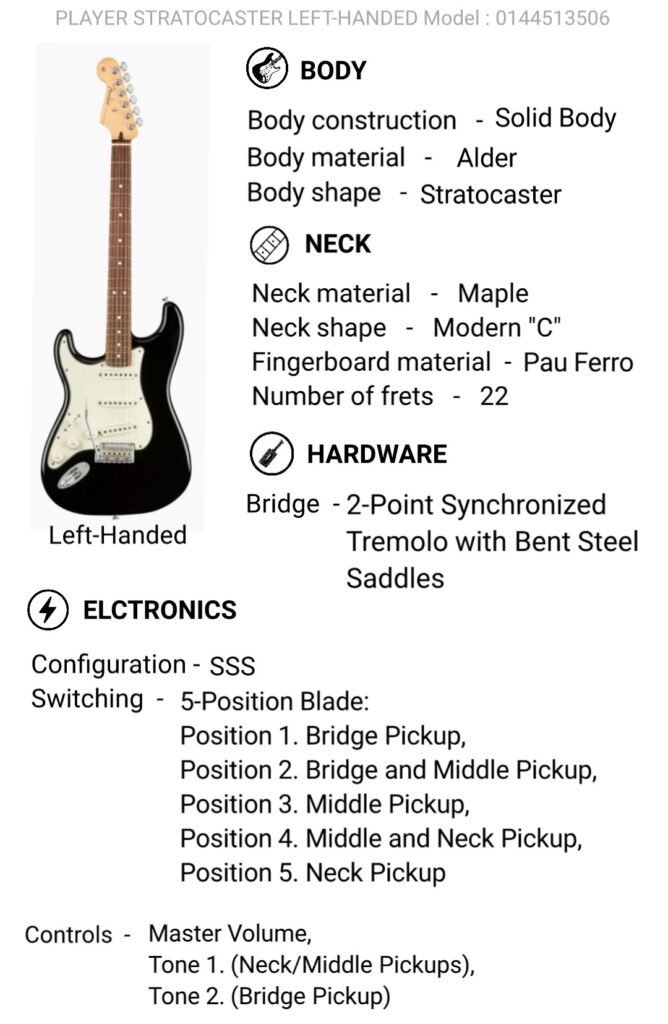



List of Best Rosewood Fingerboard electric guitar with Features and specifications, You can compare electric guitar
prices on different online stores.
